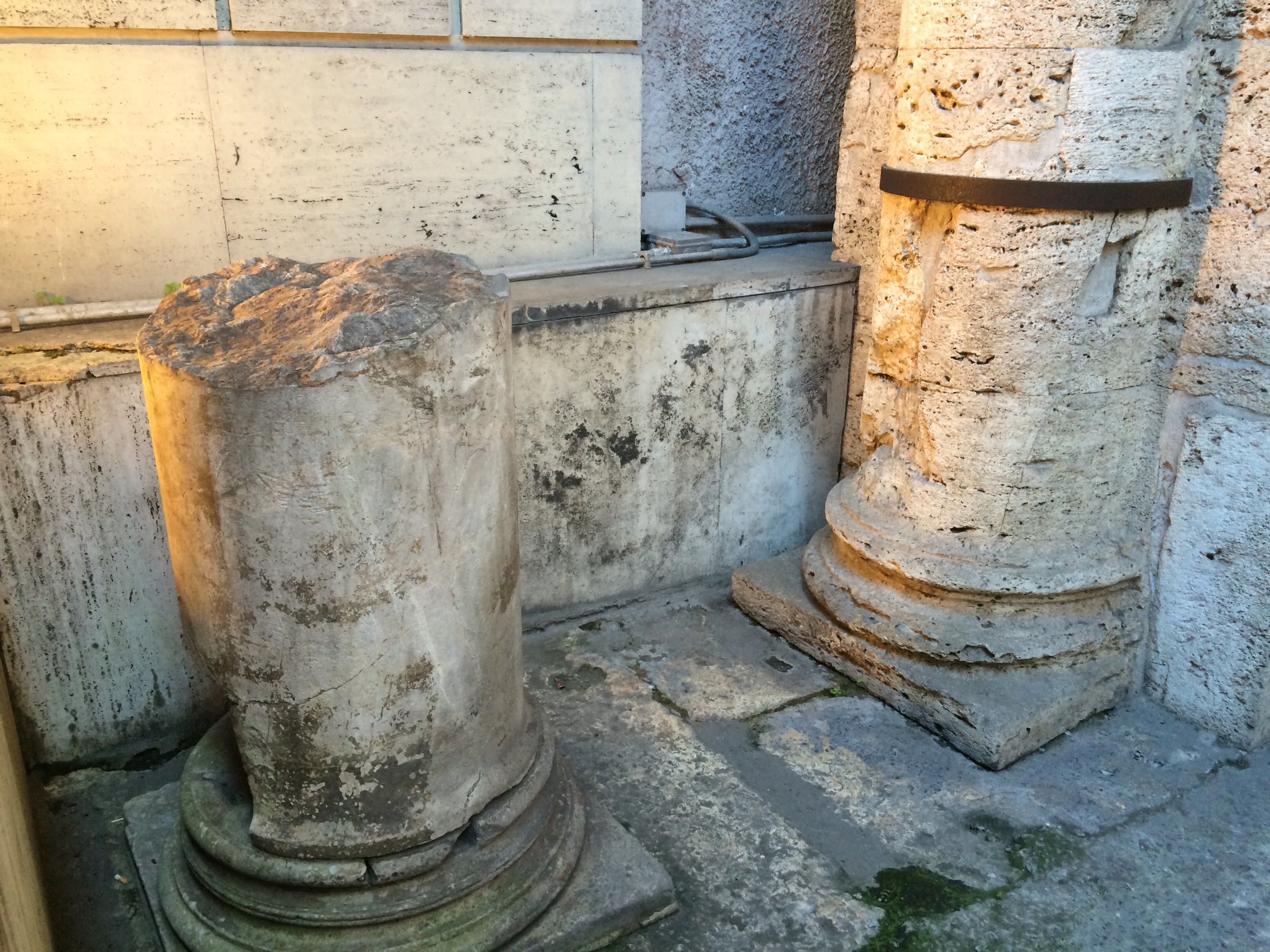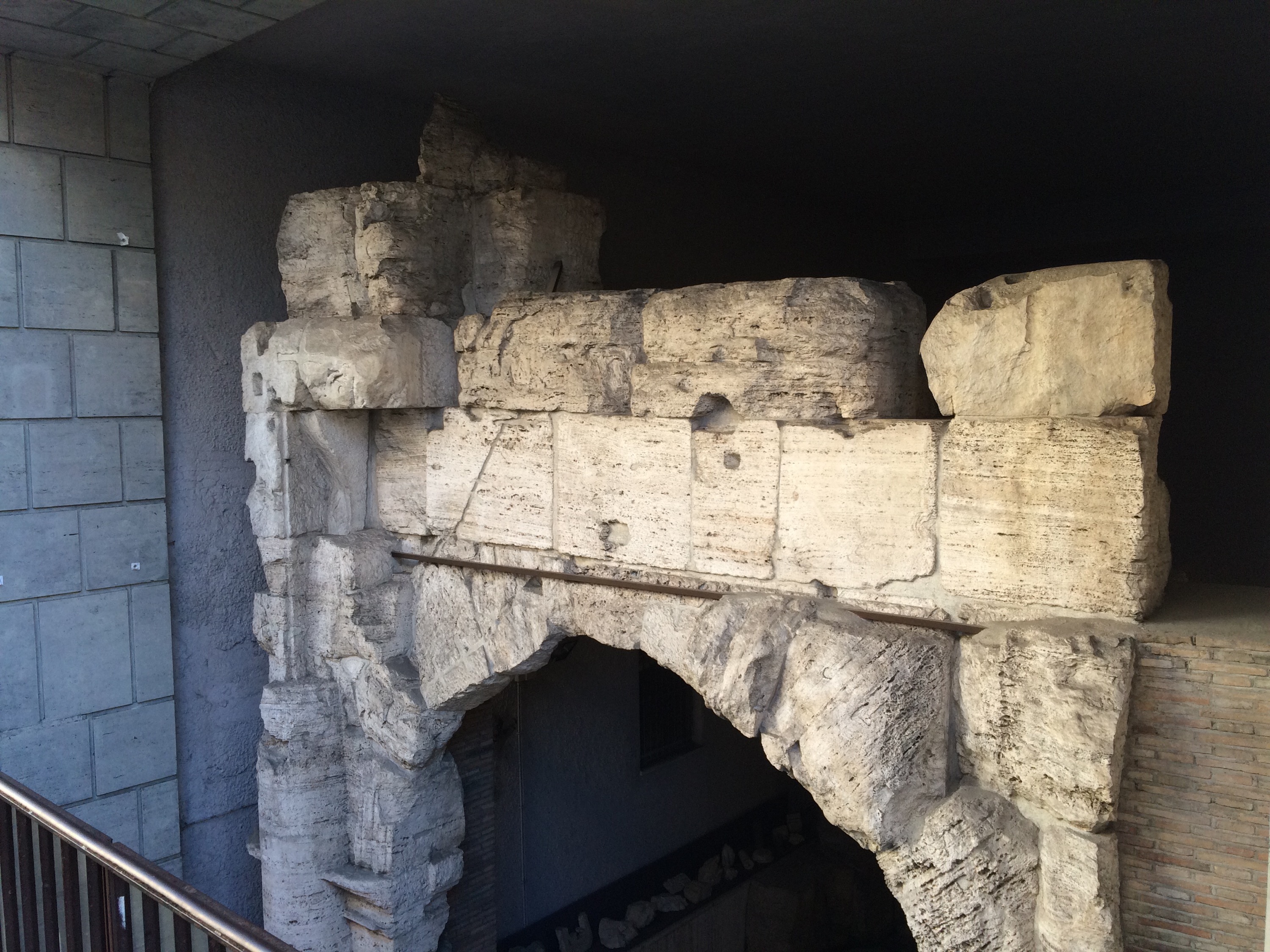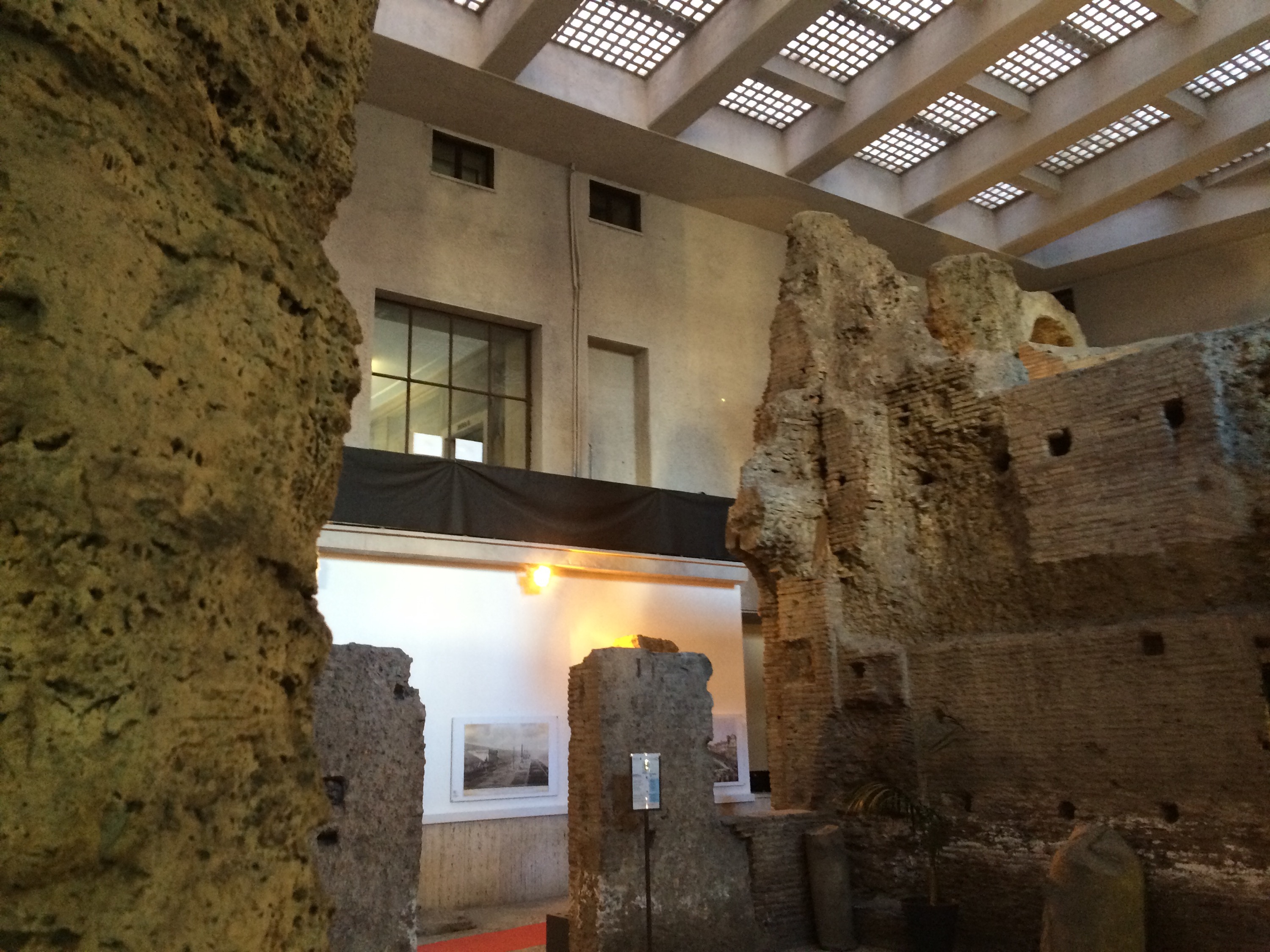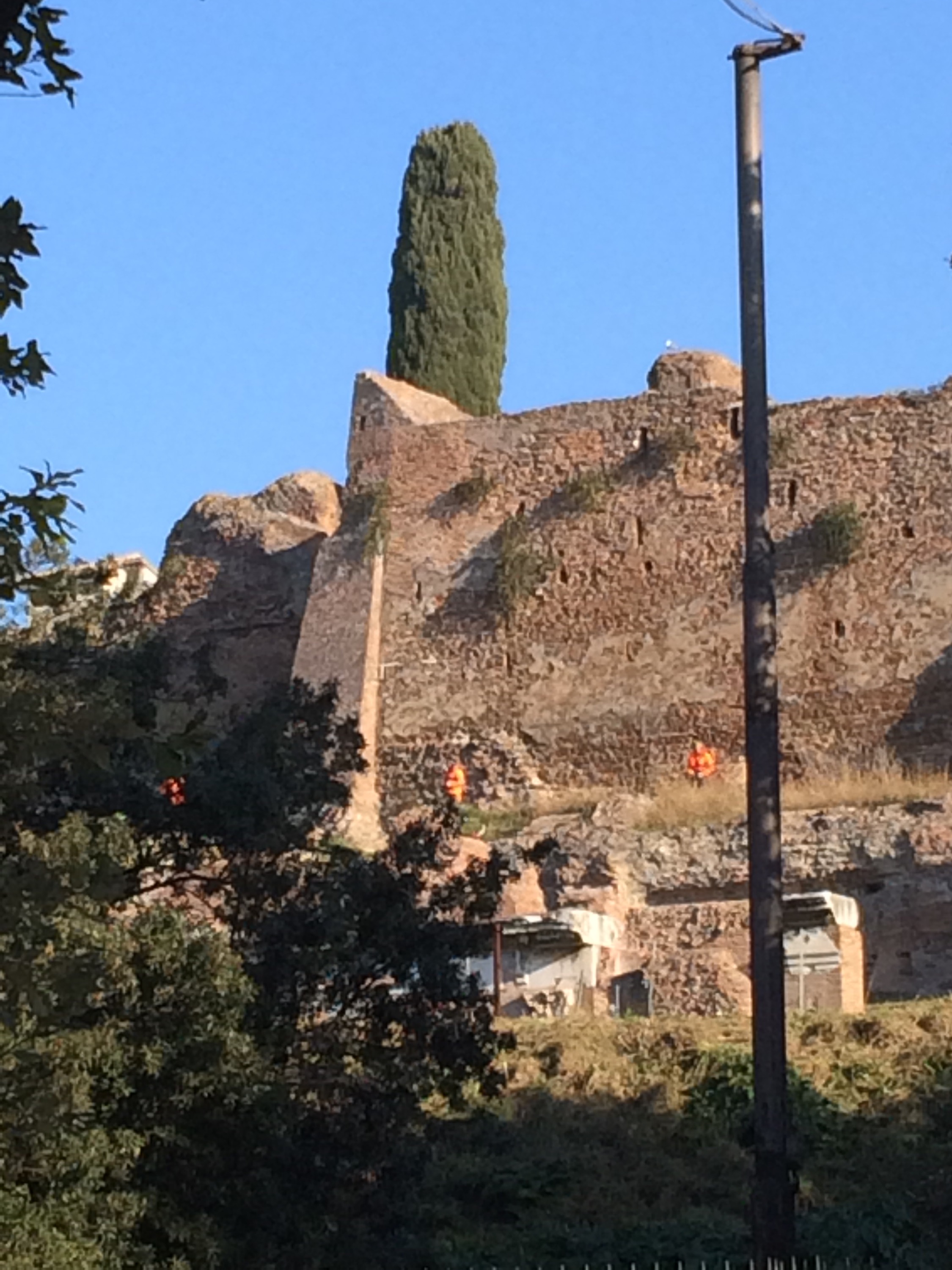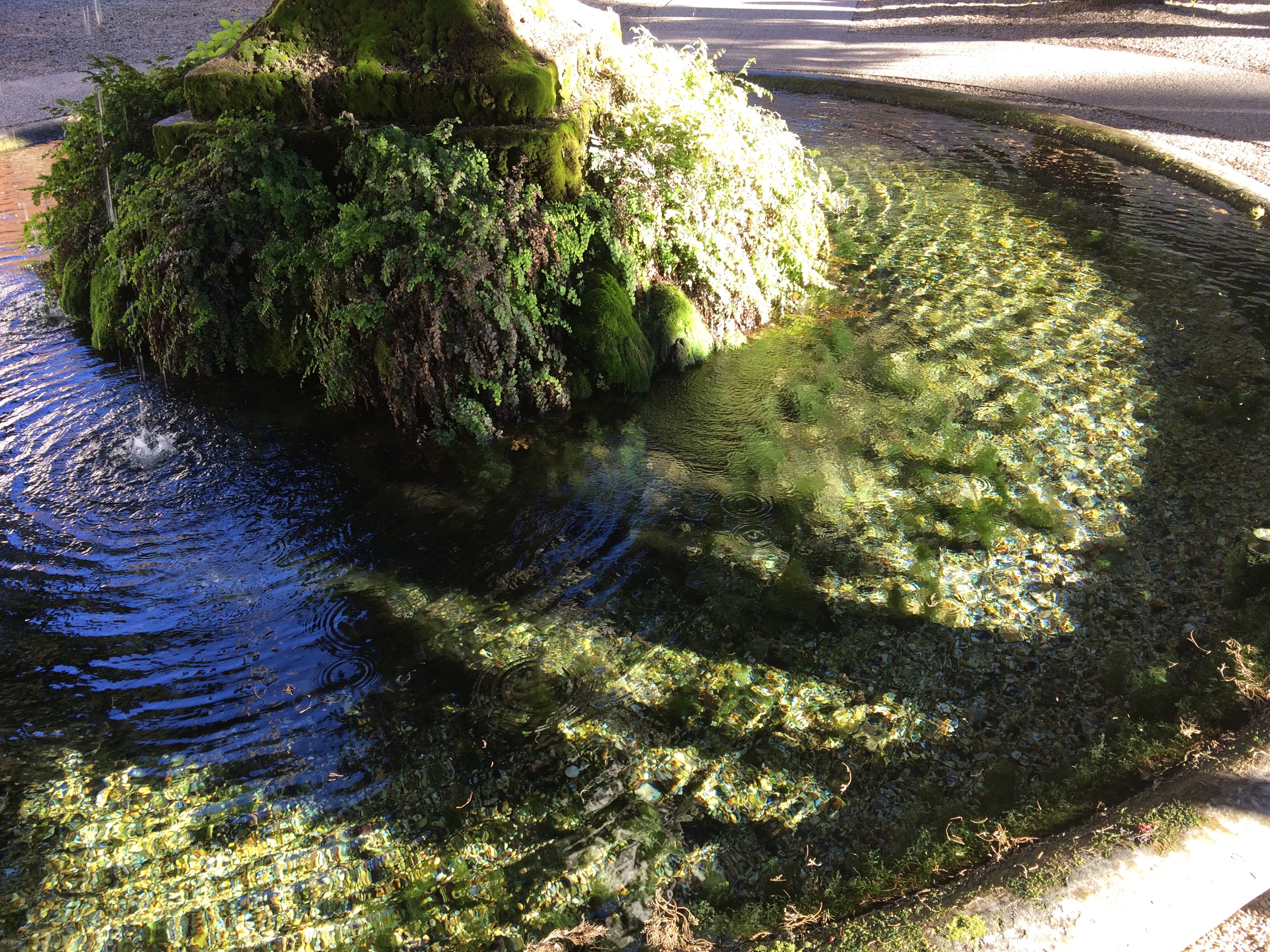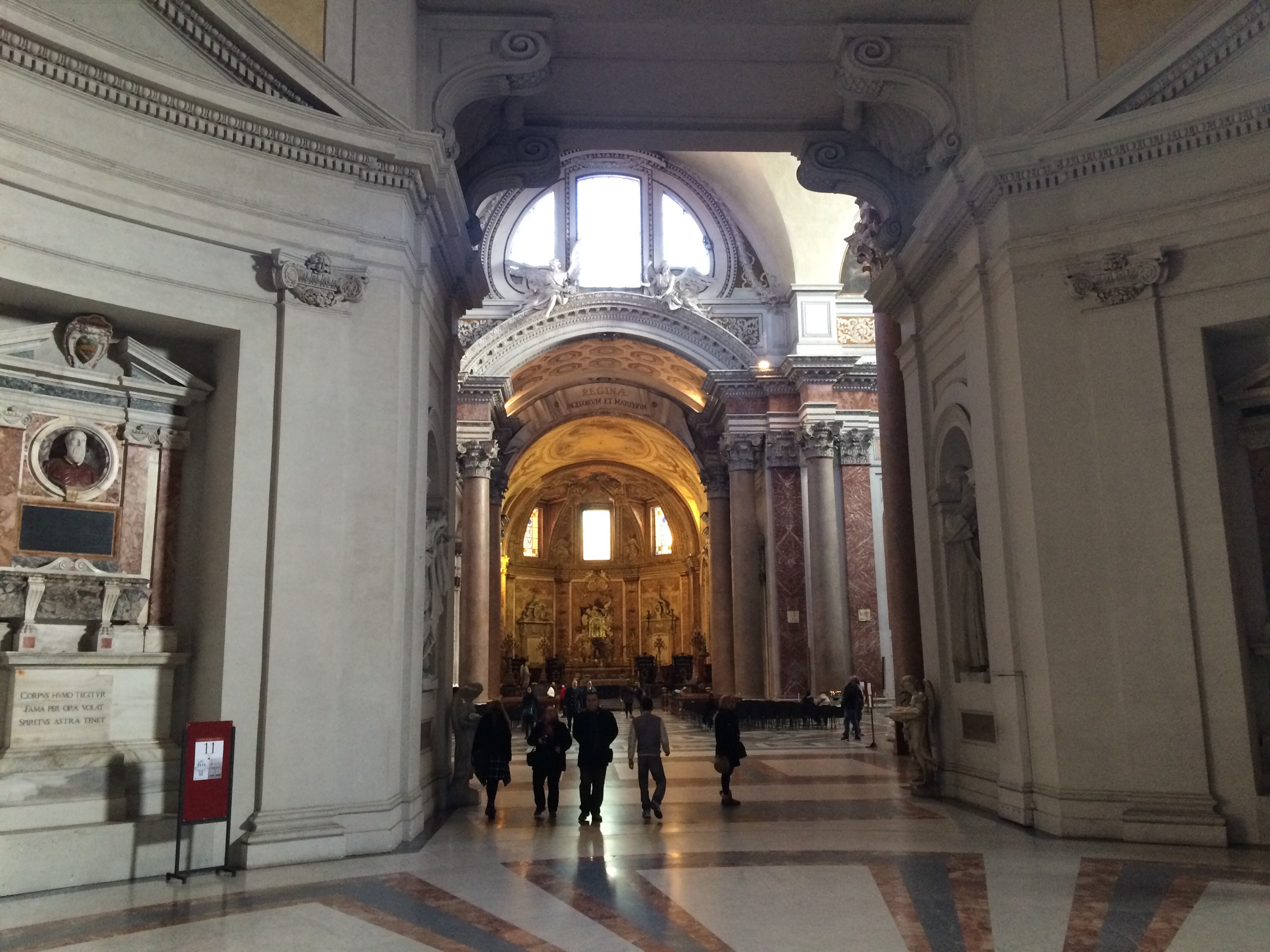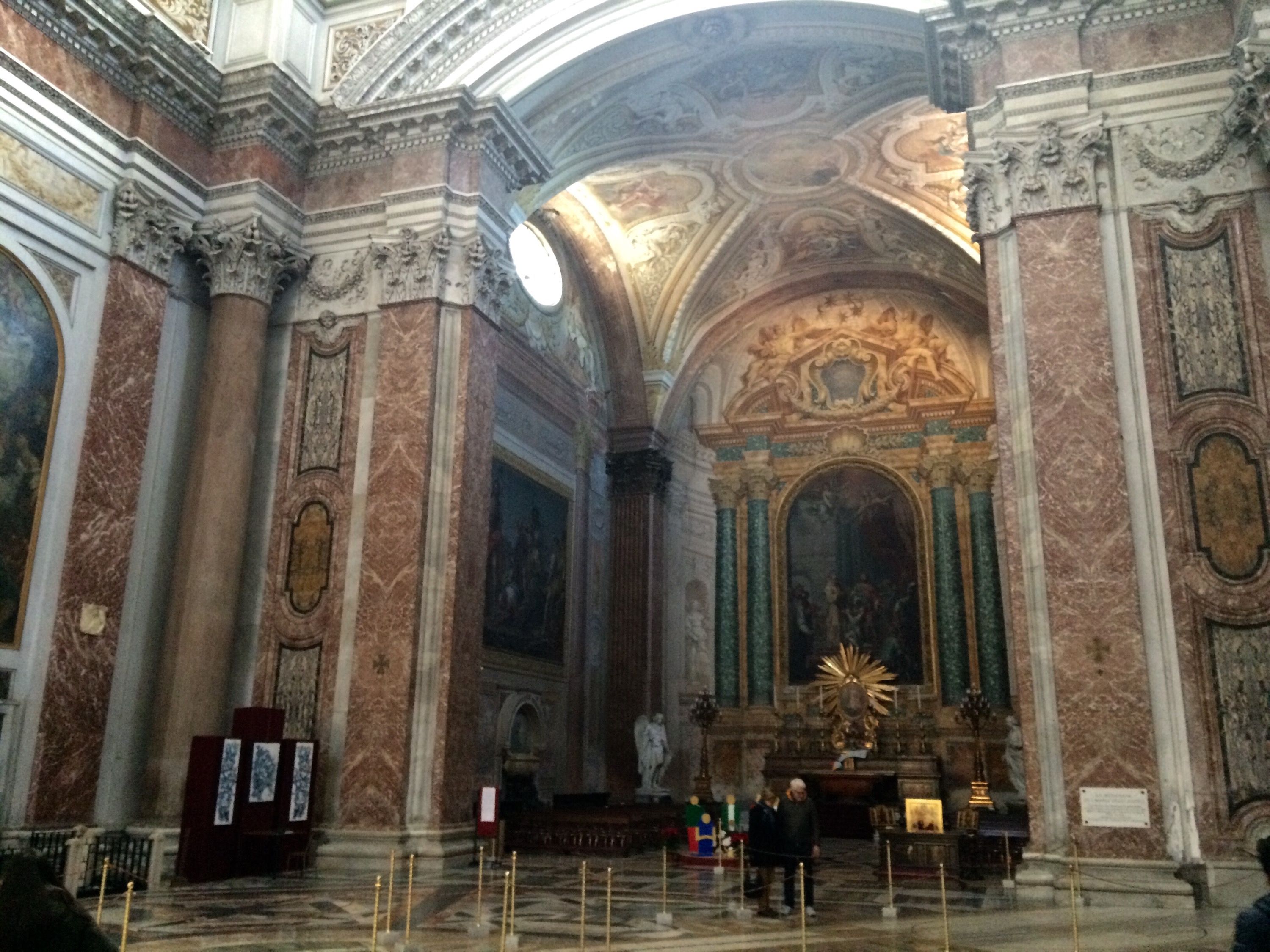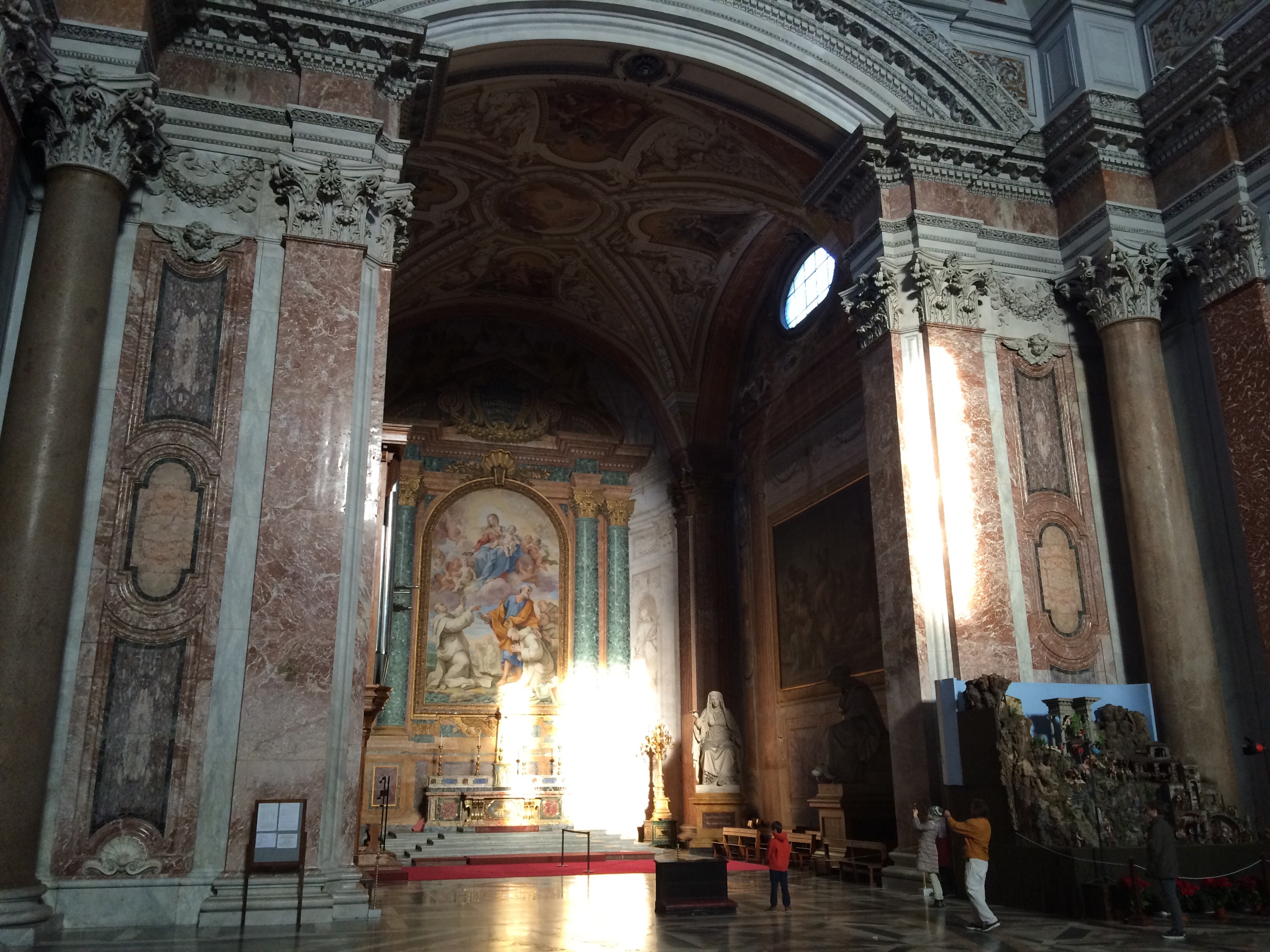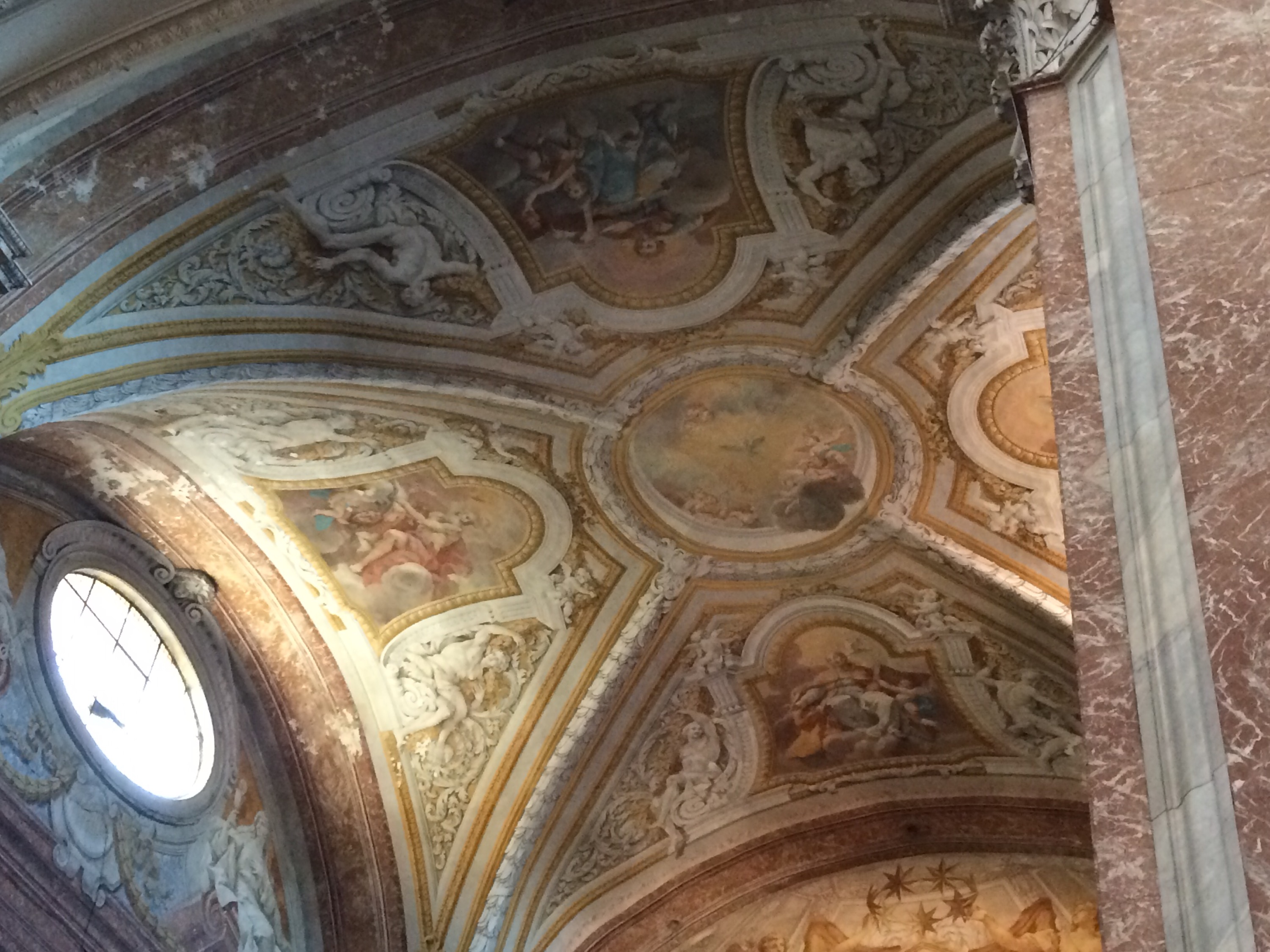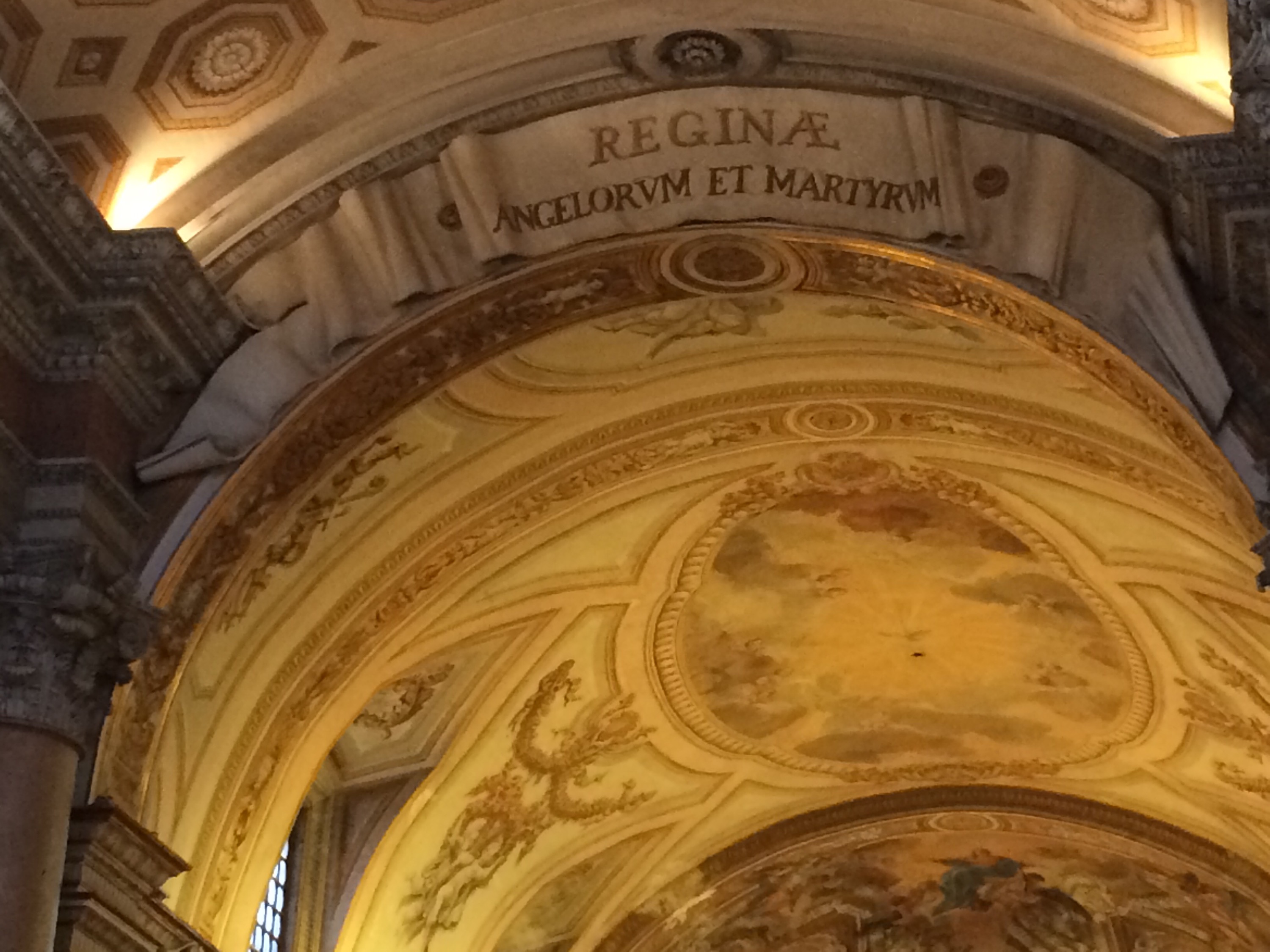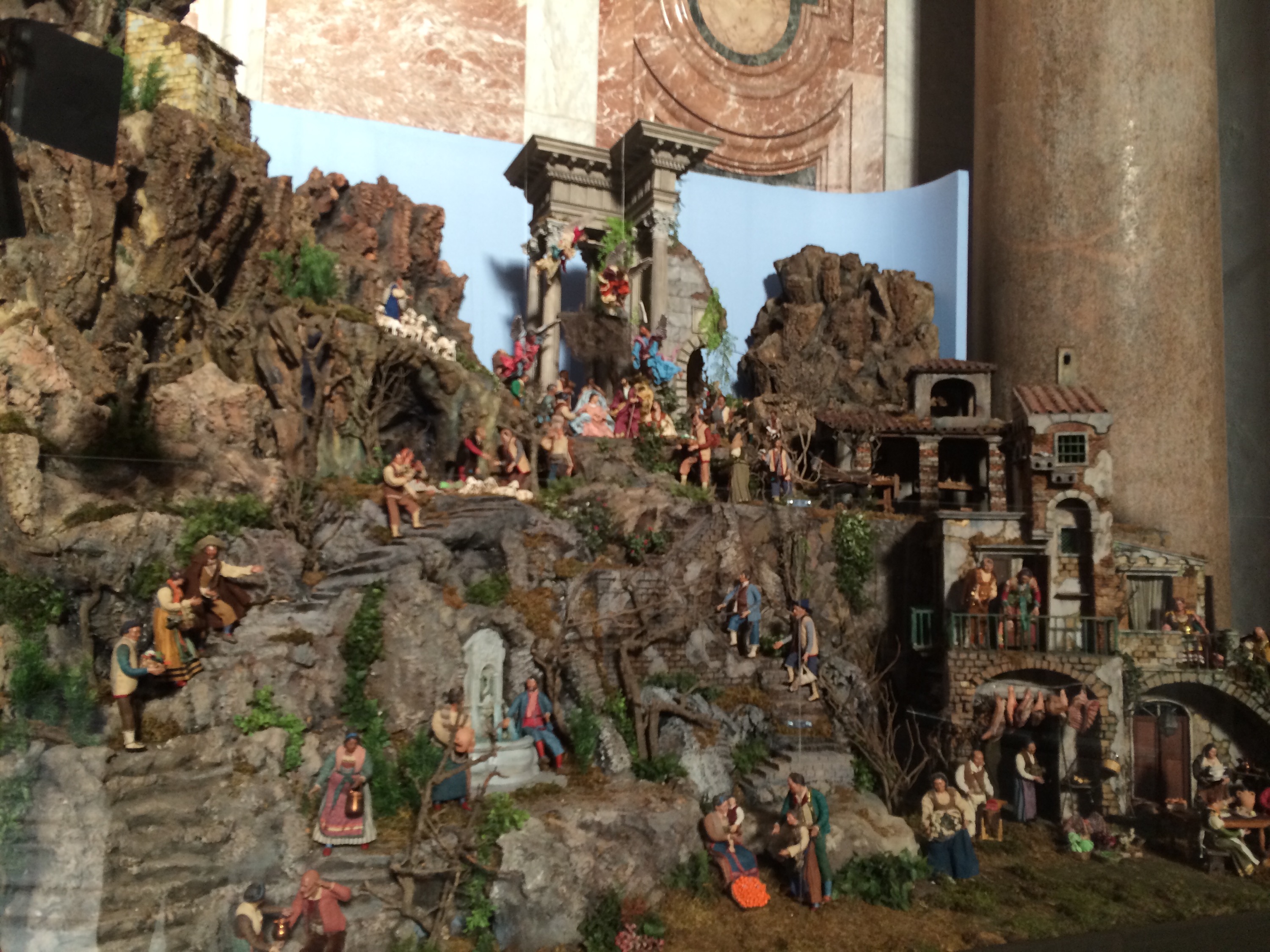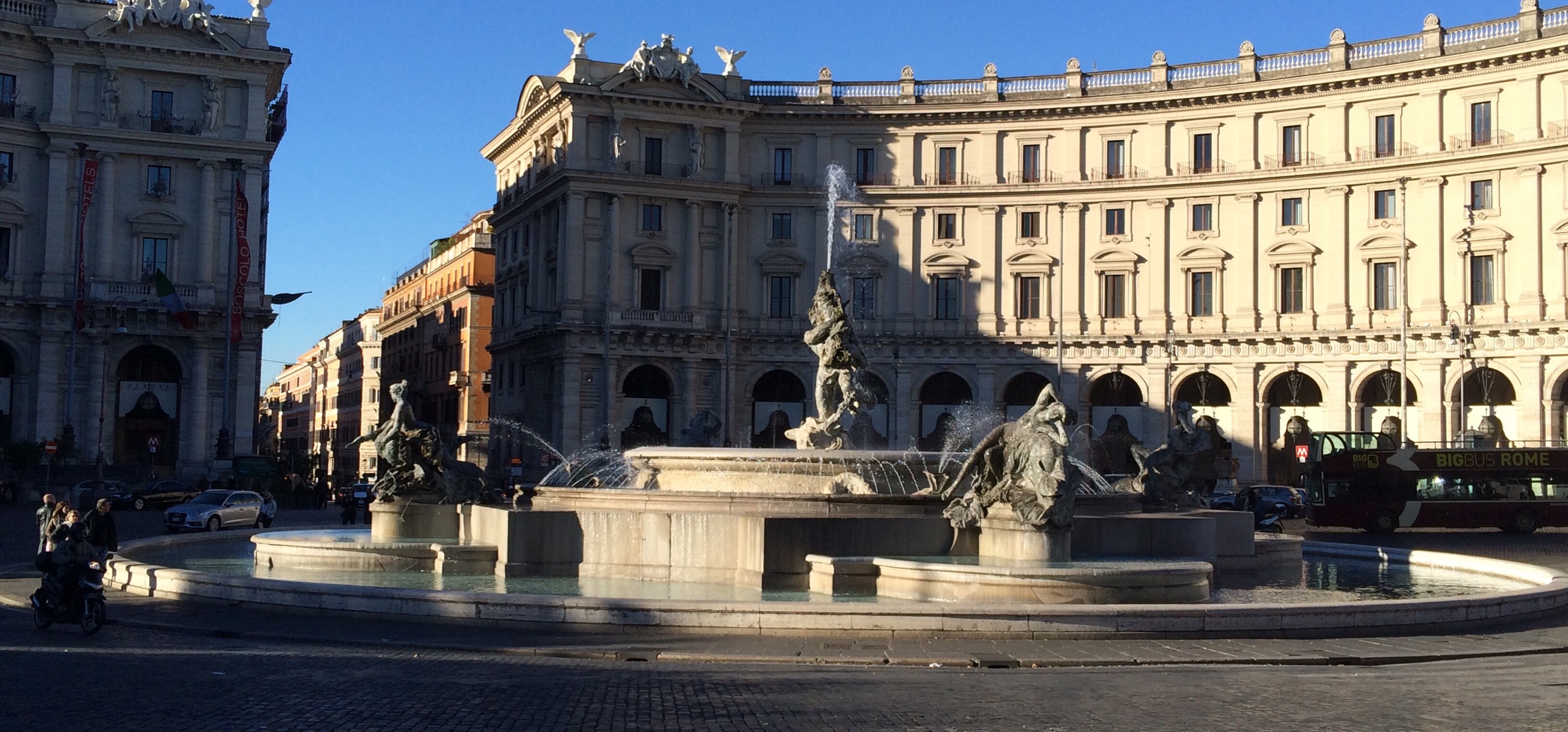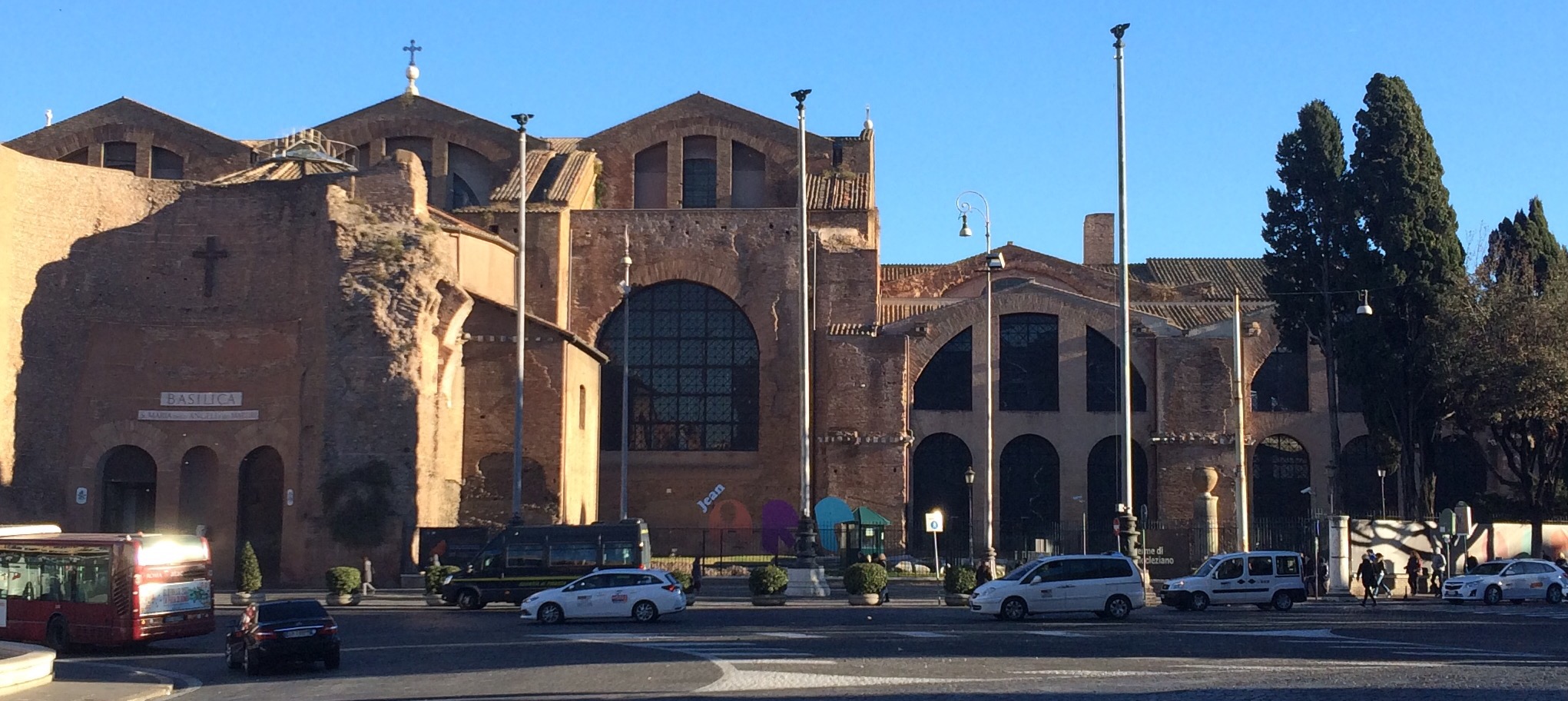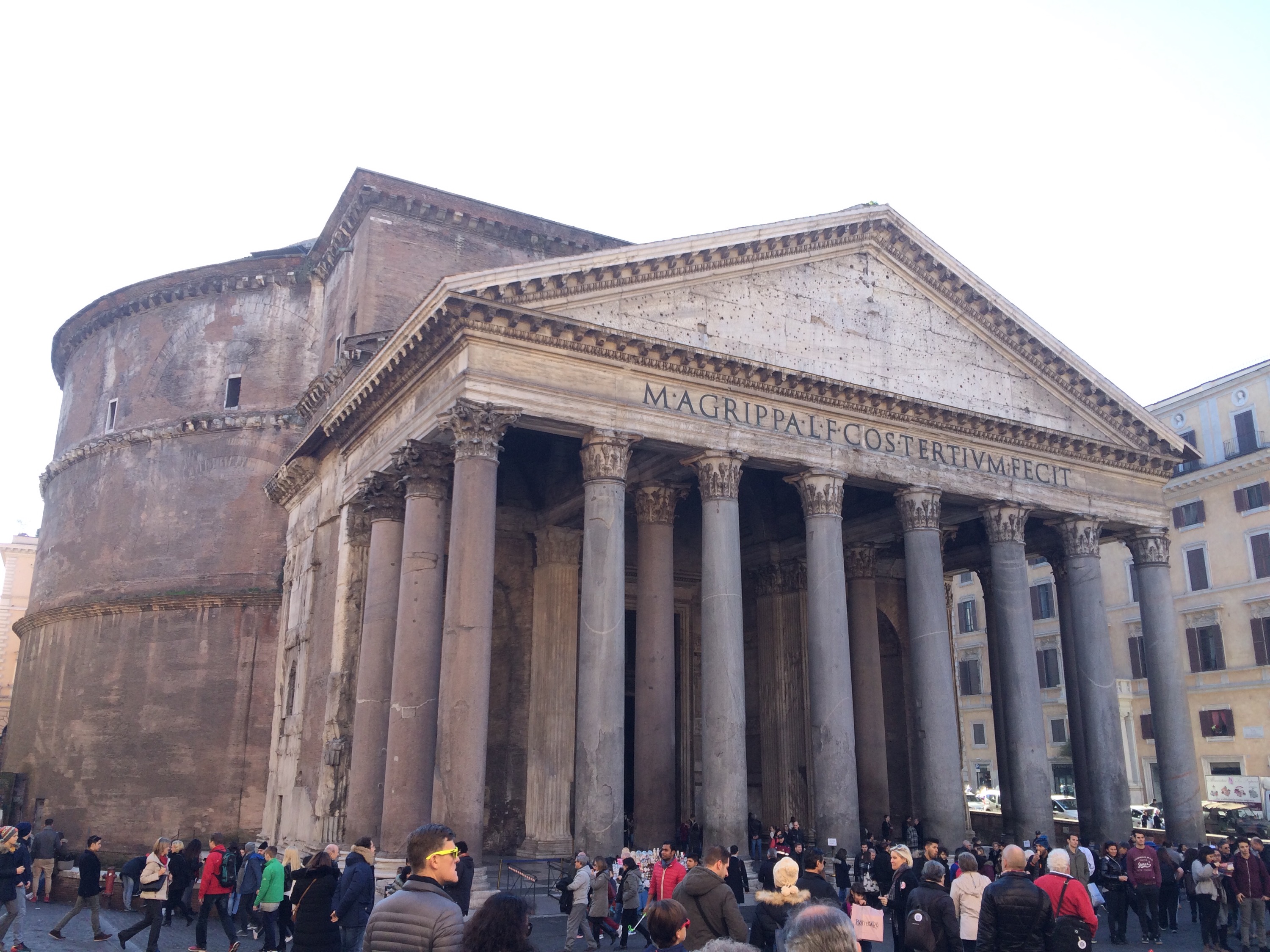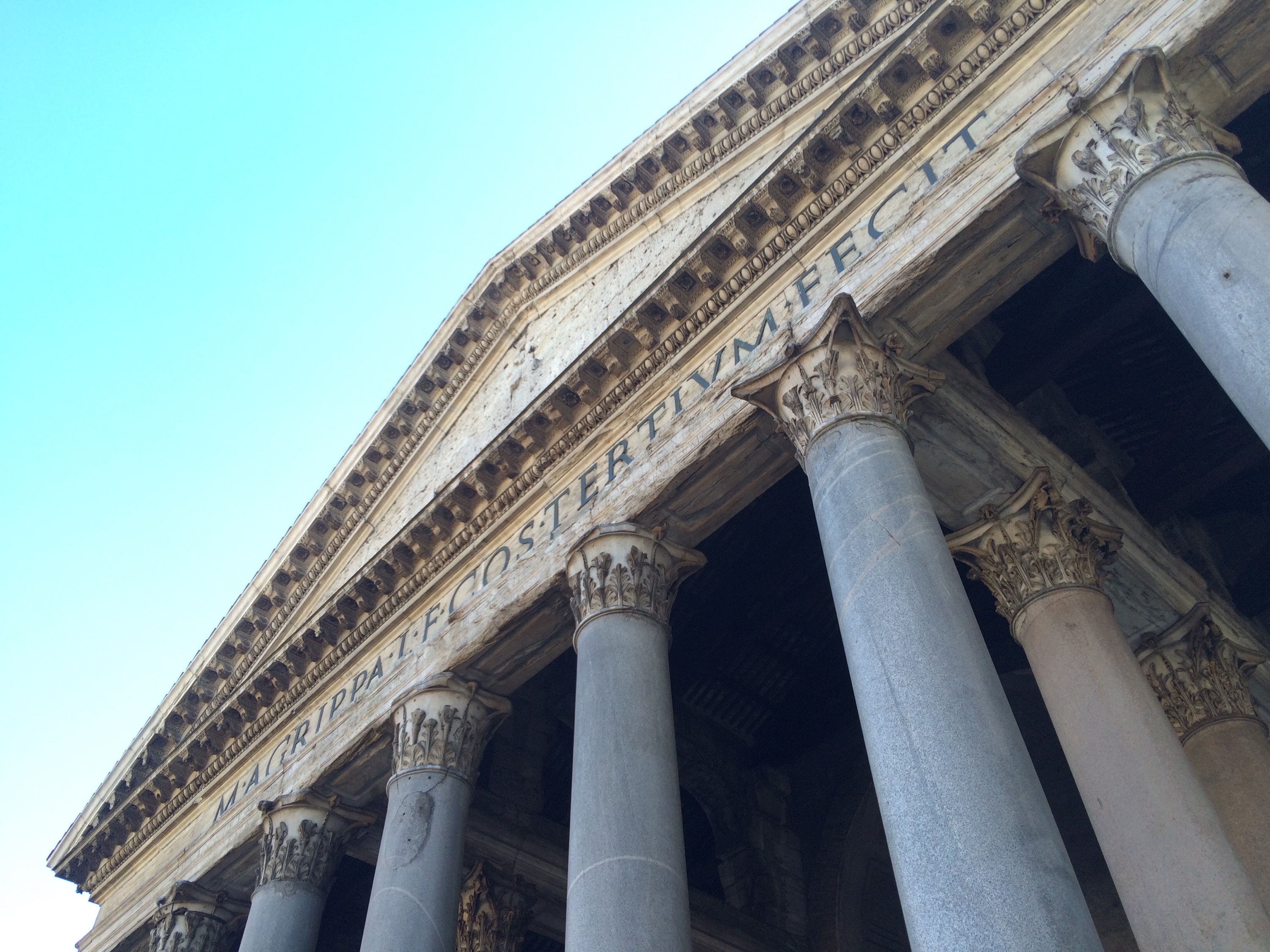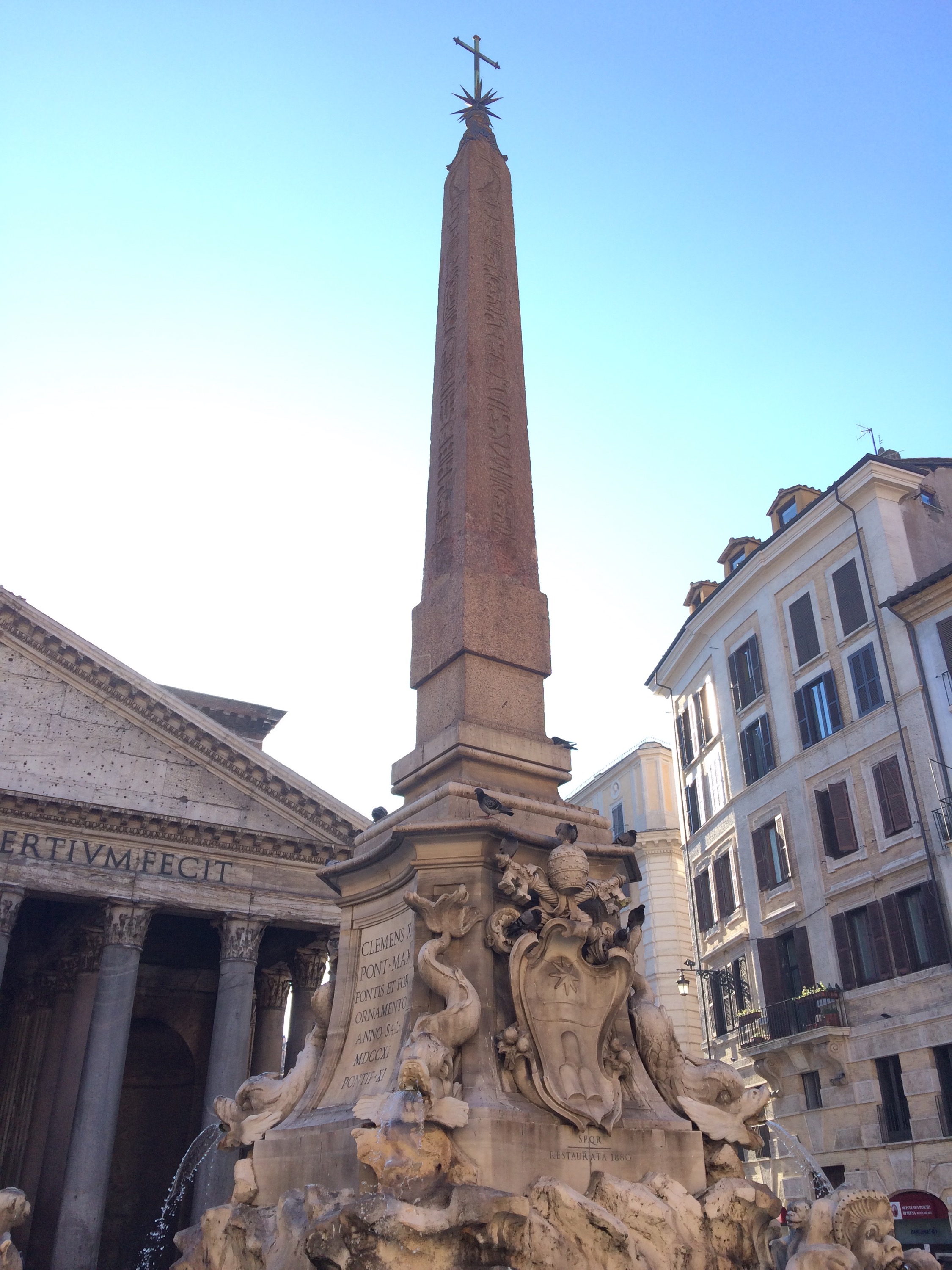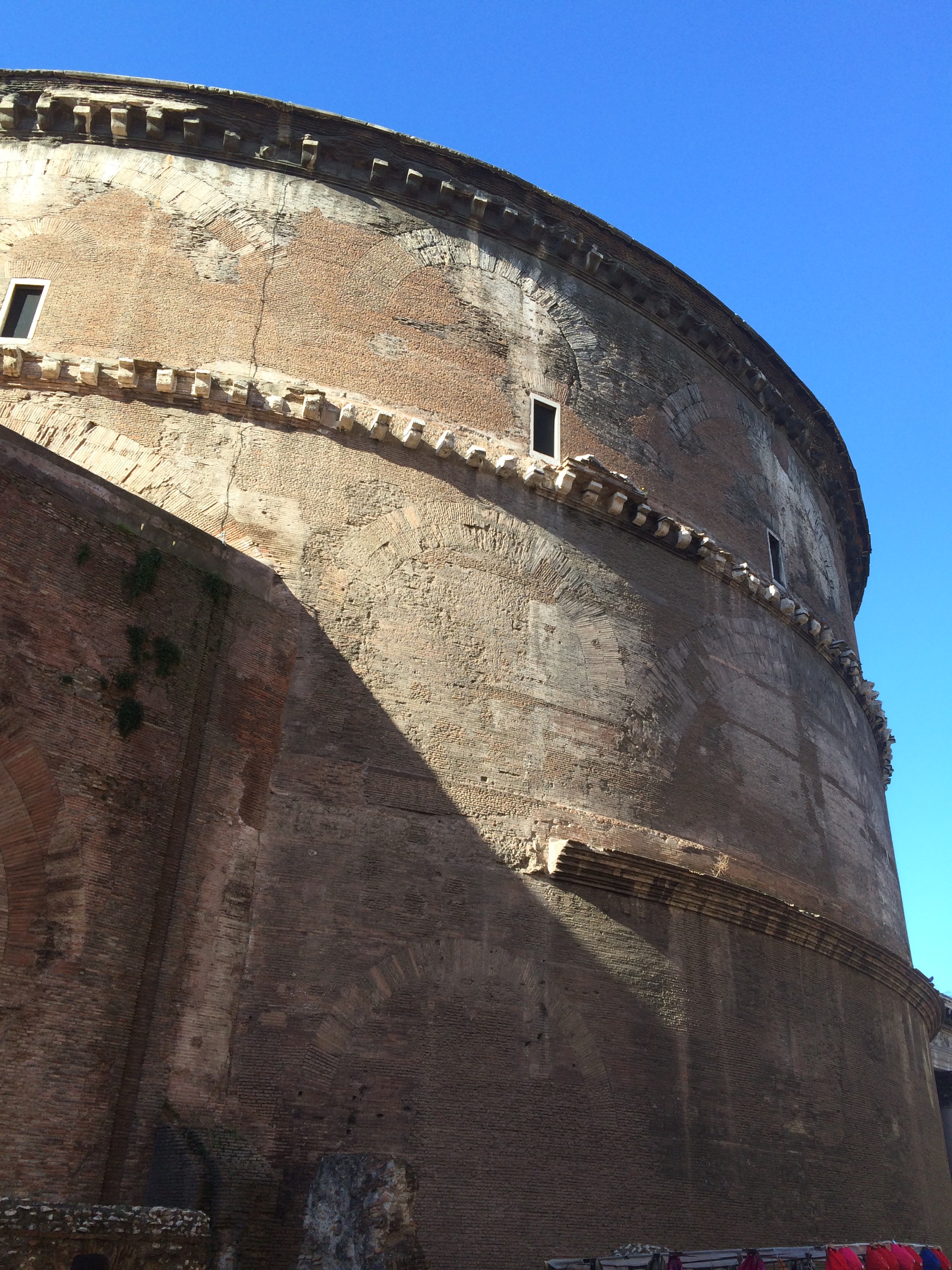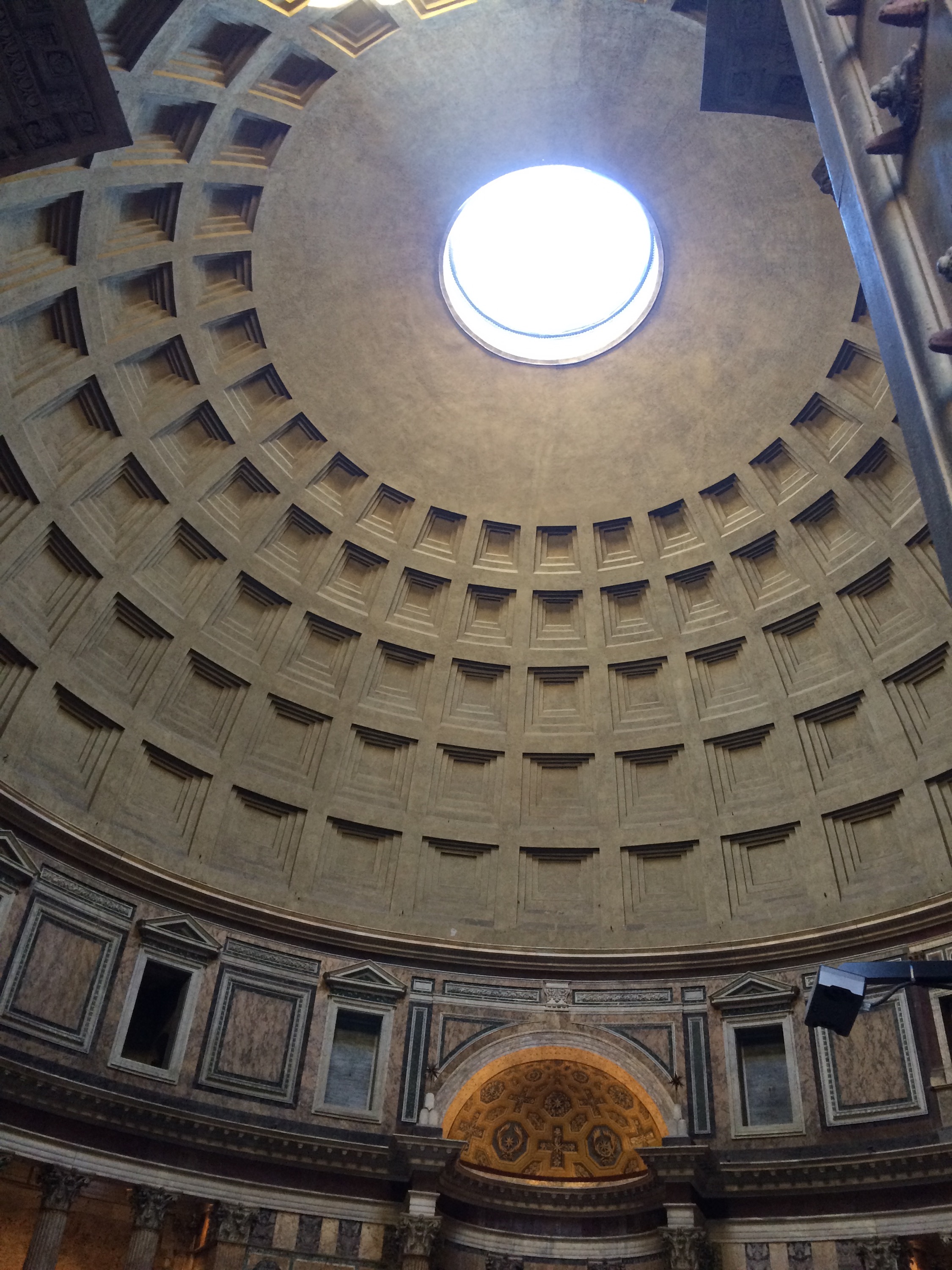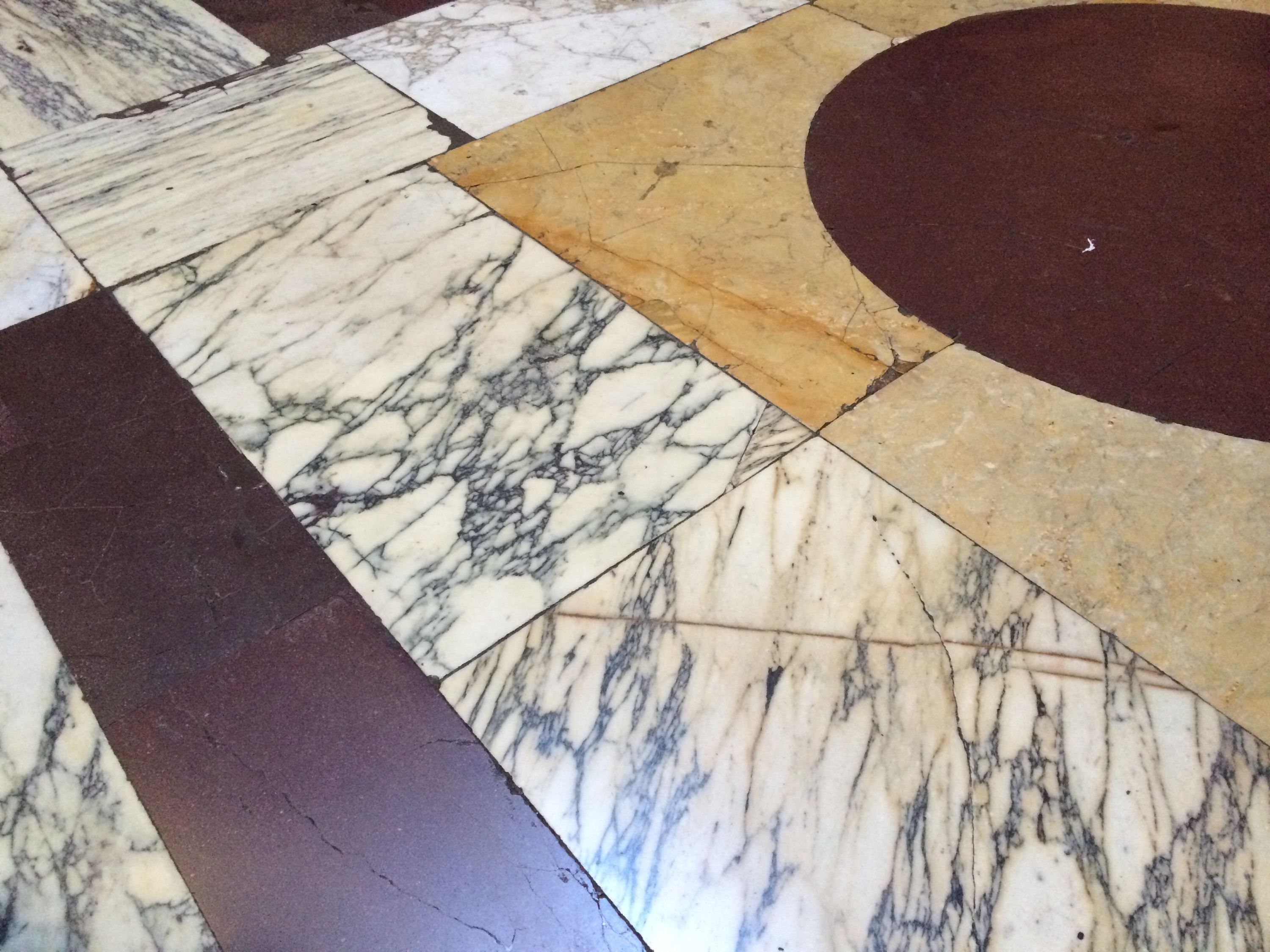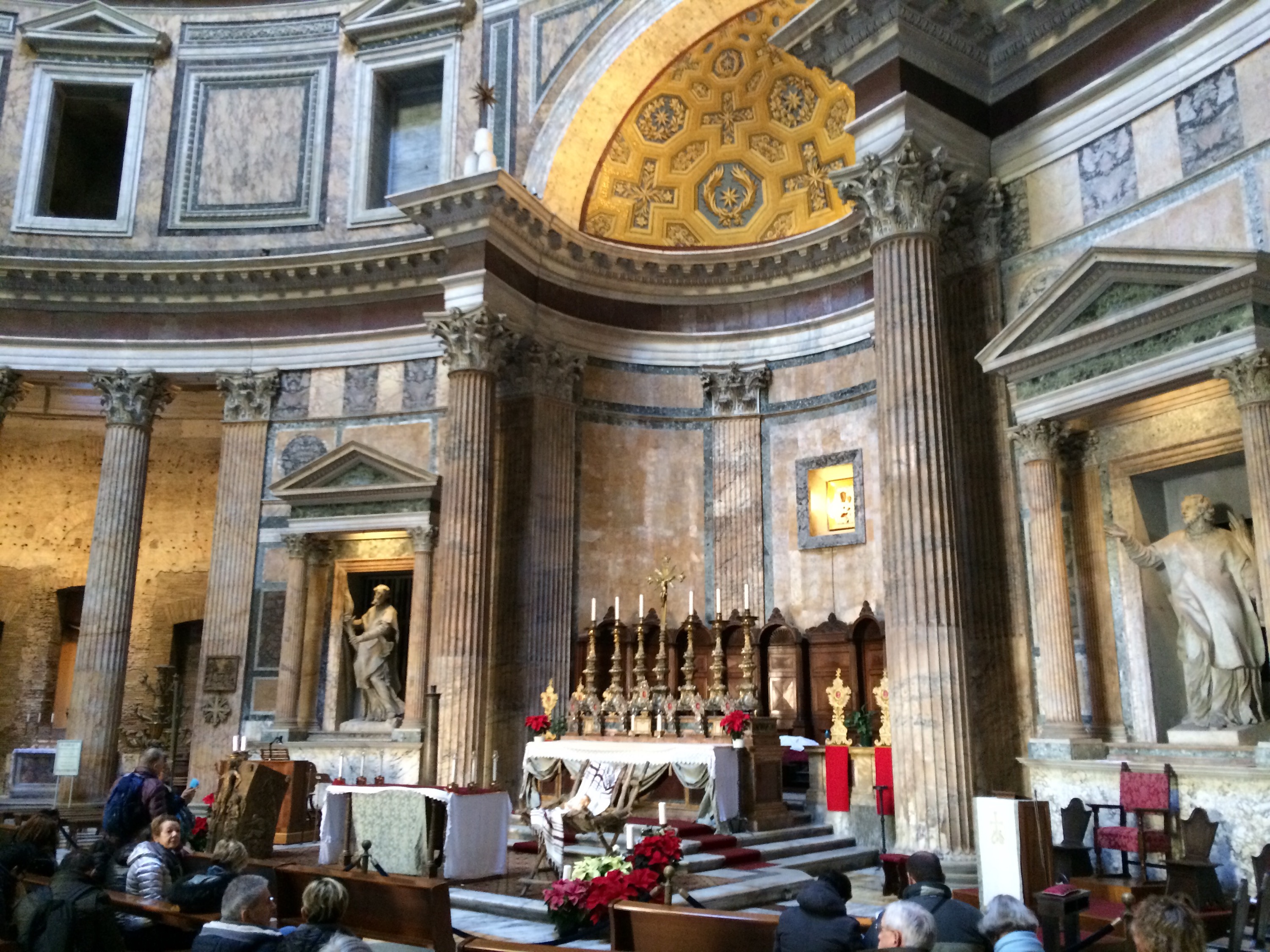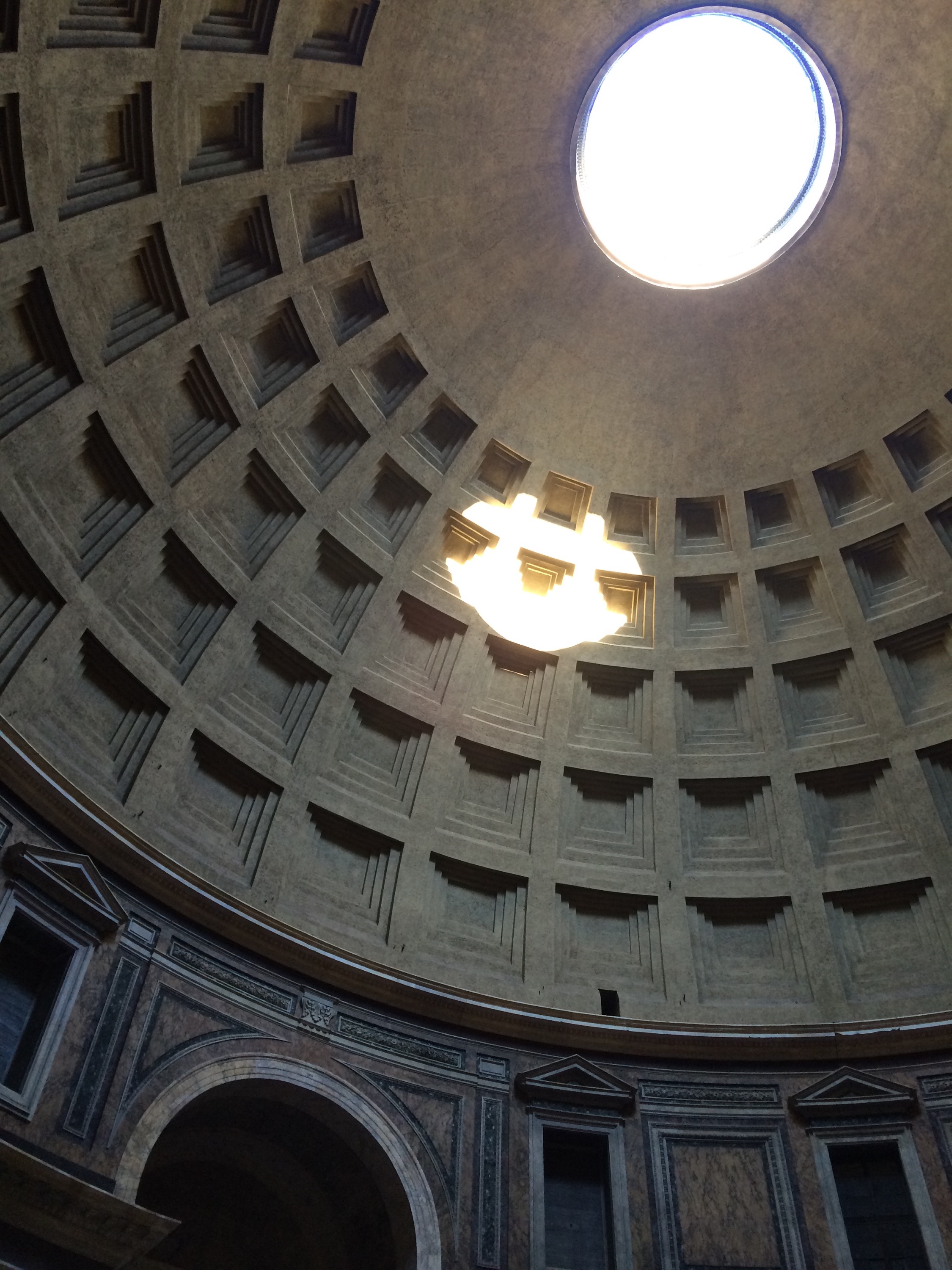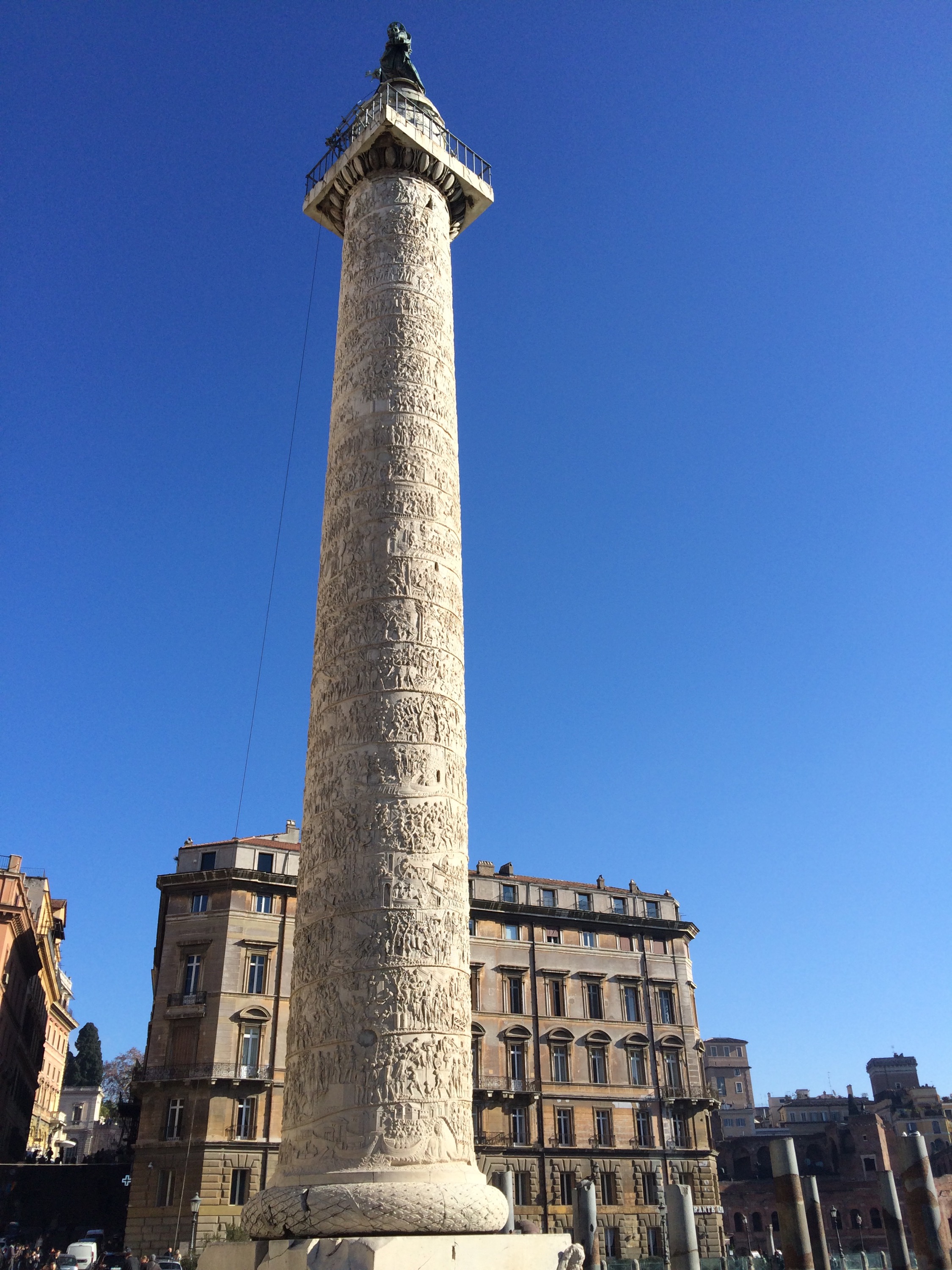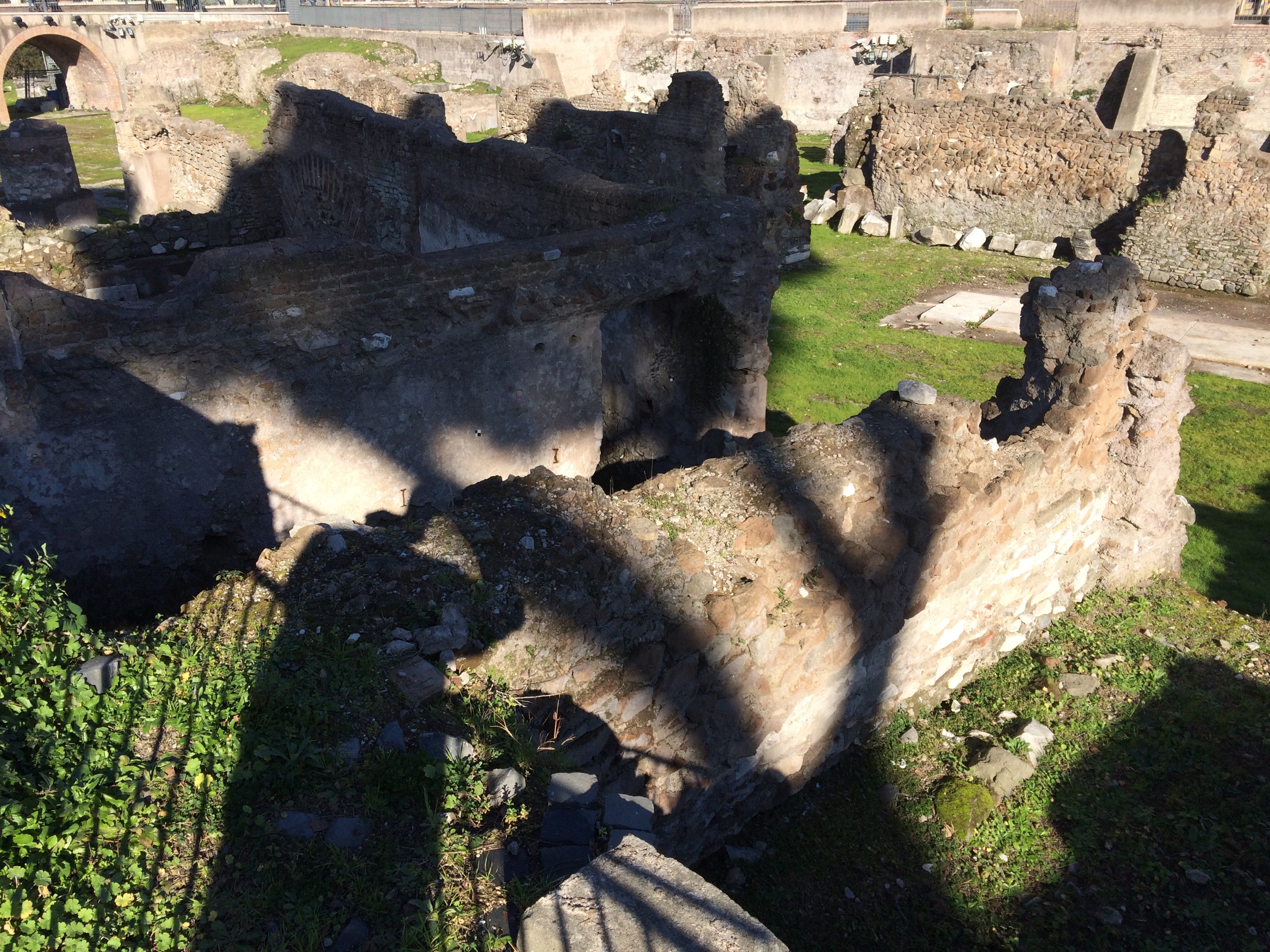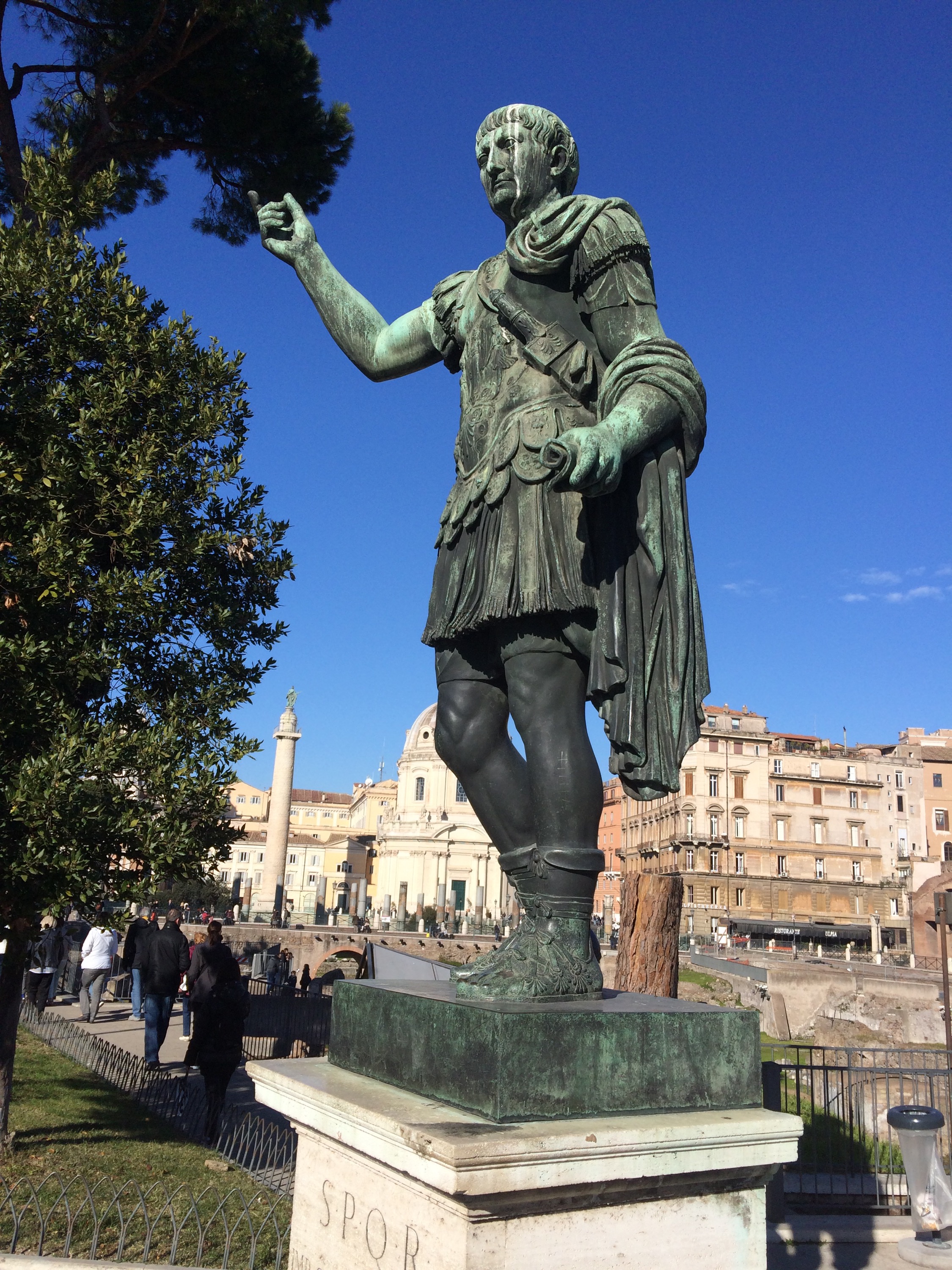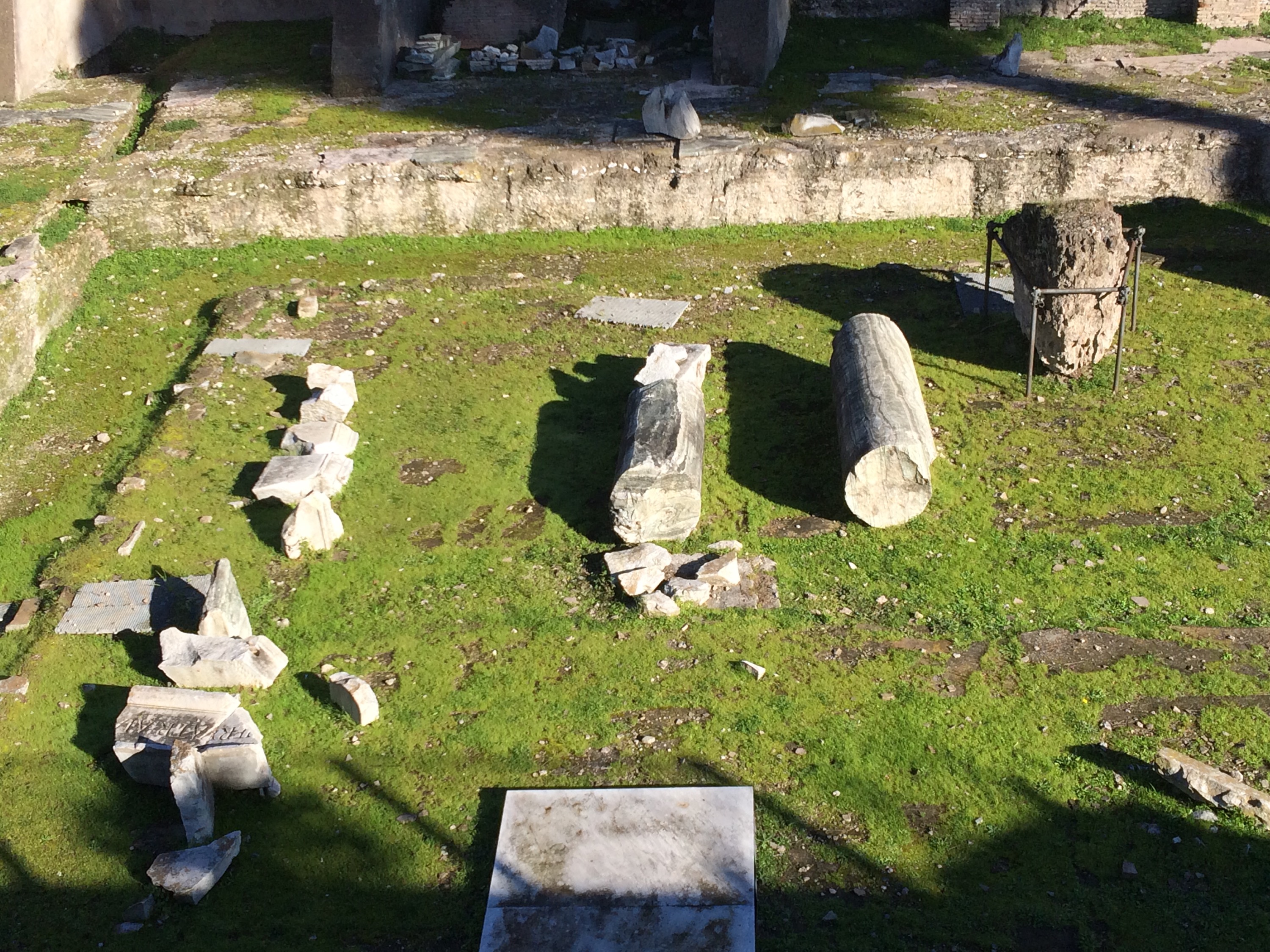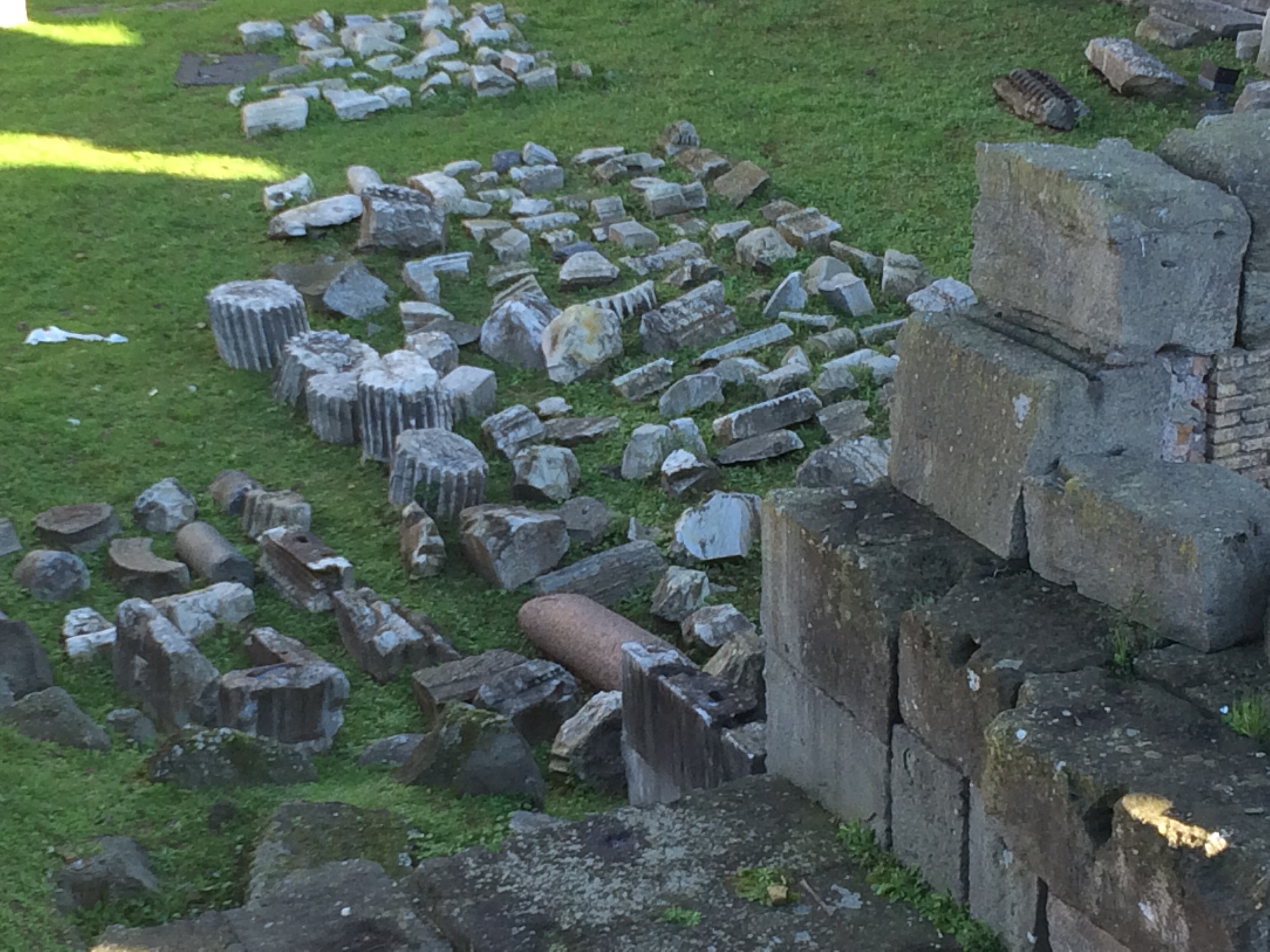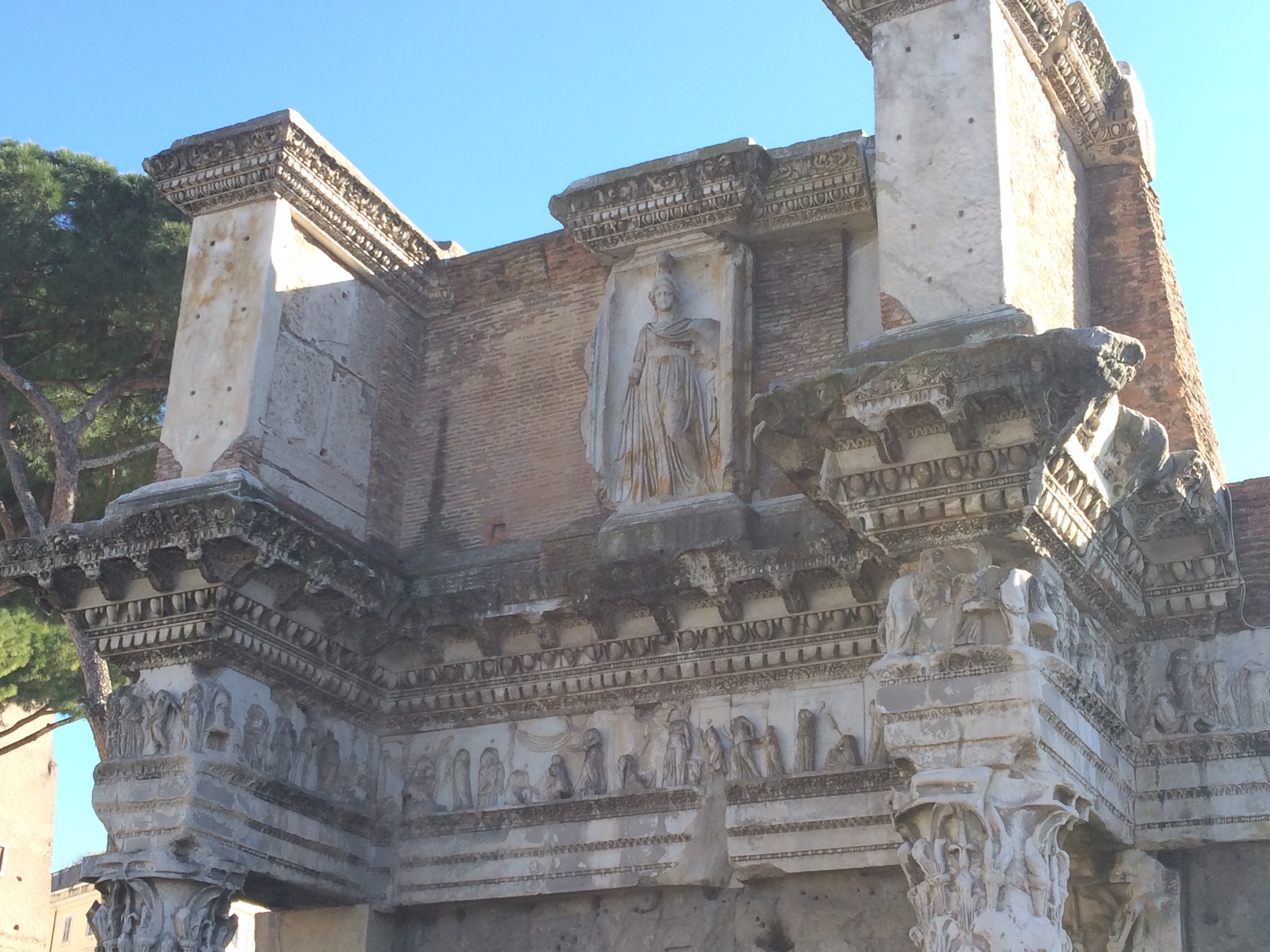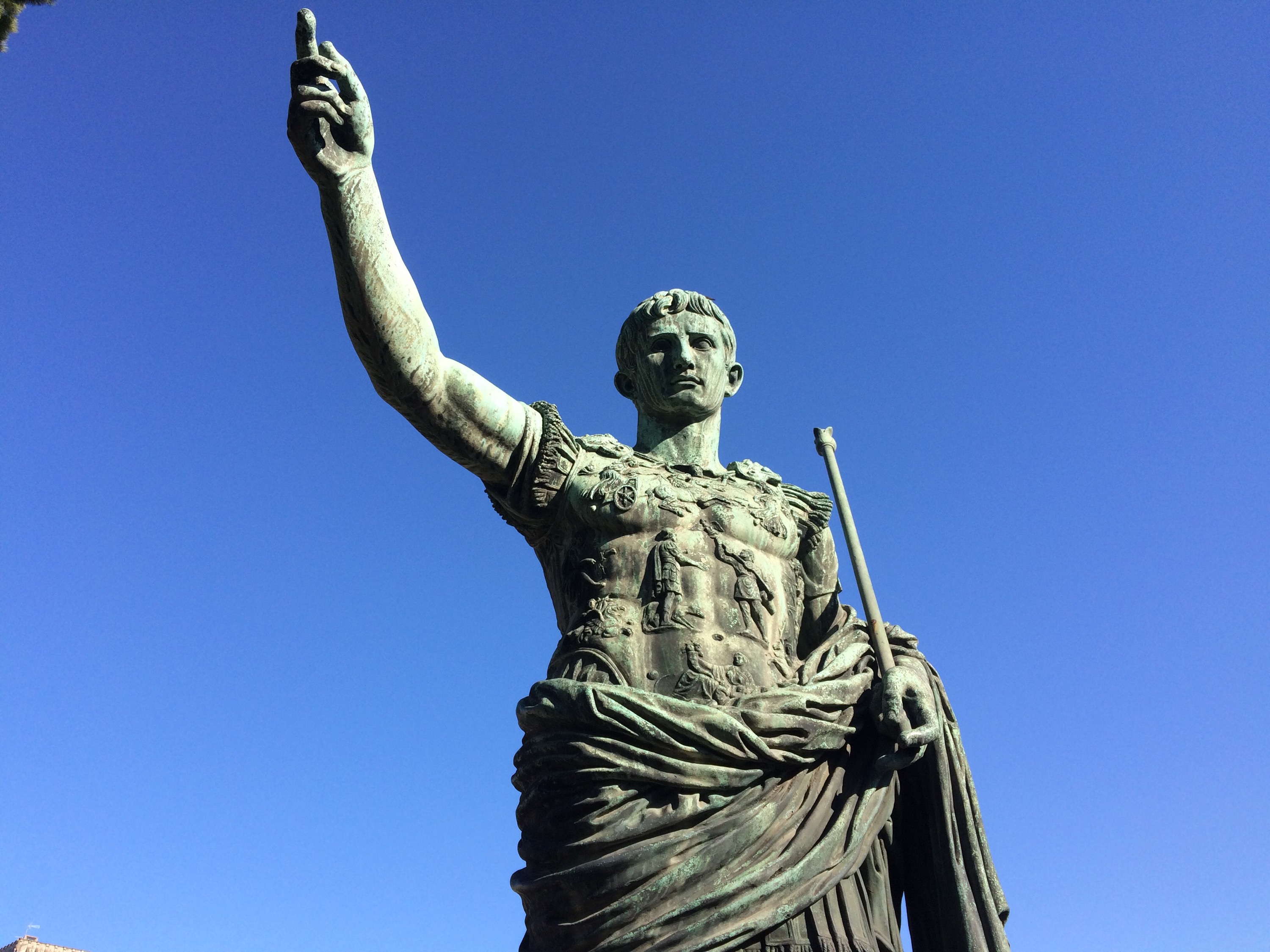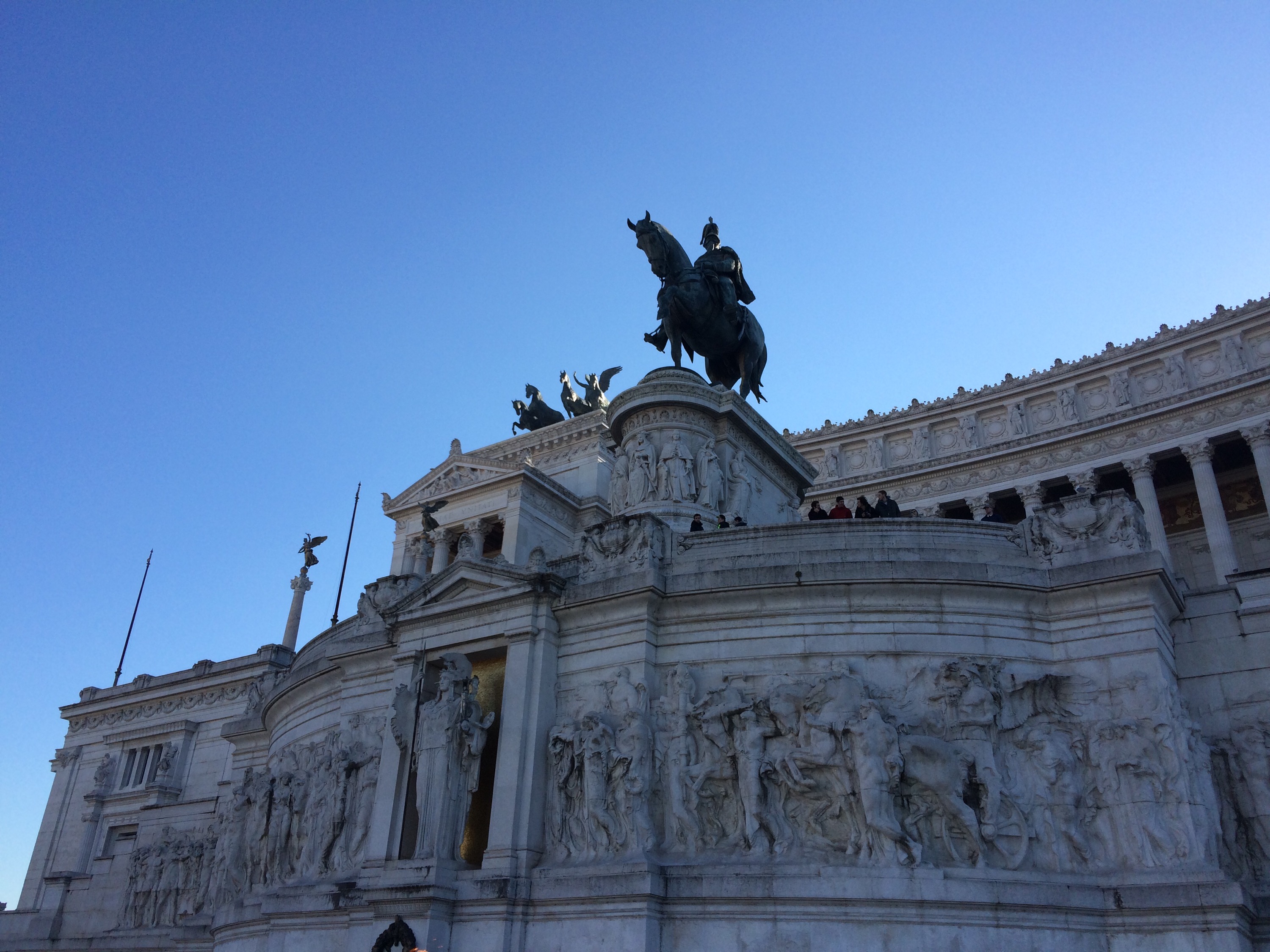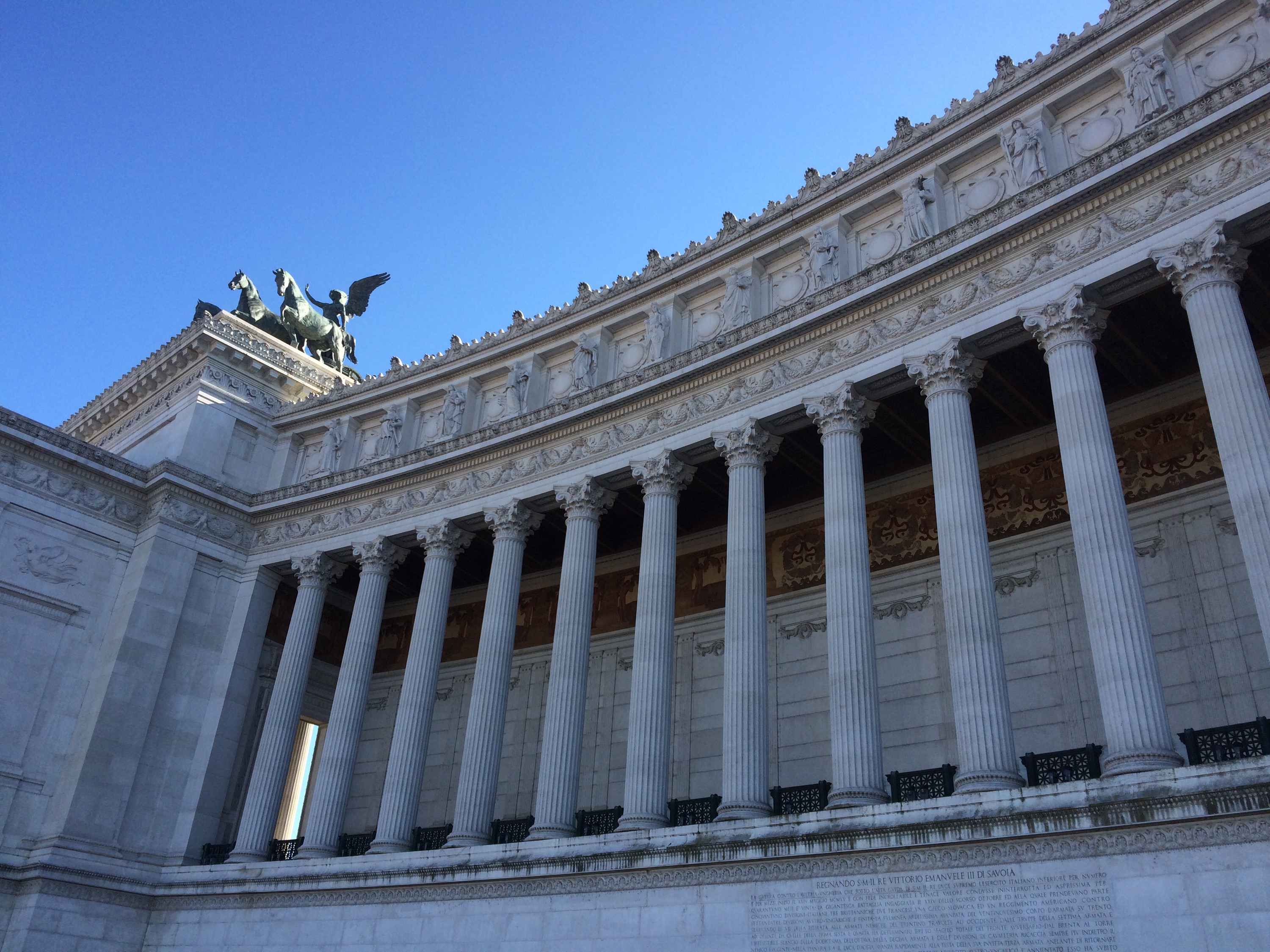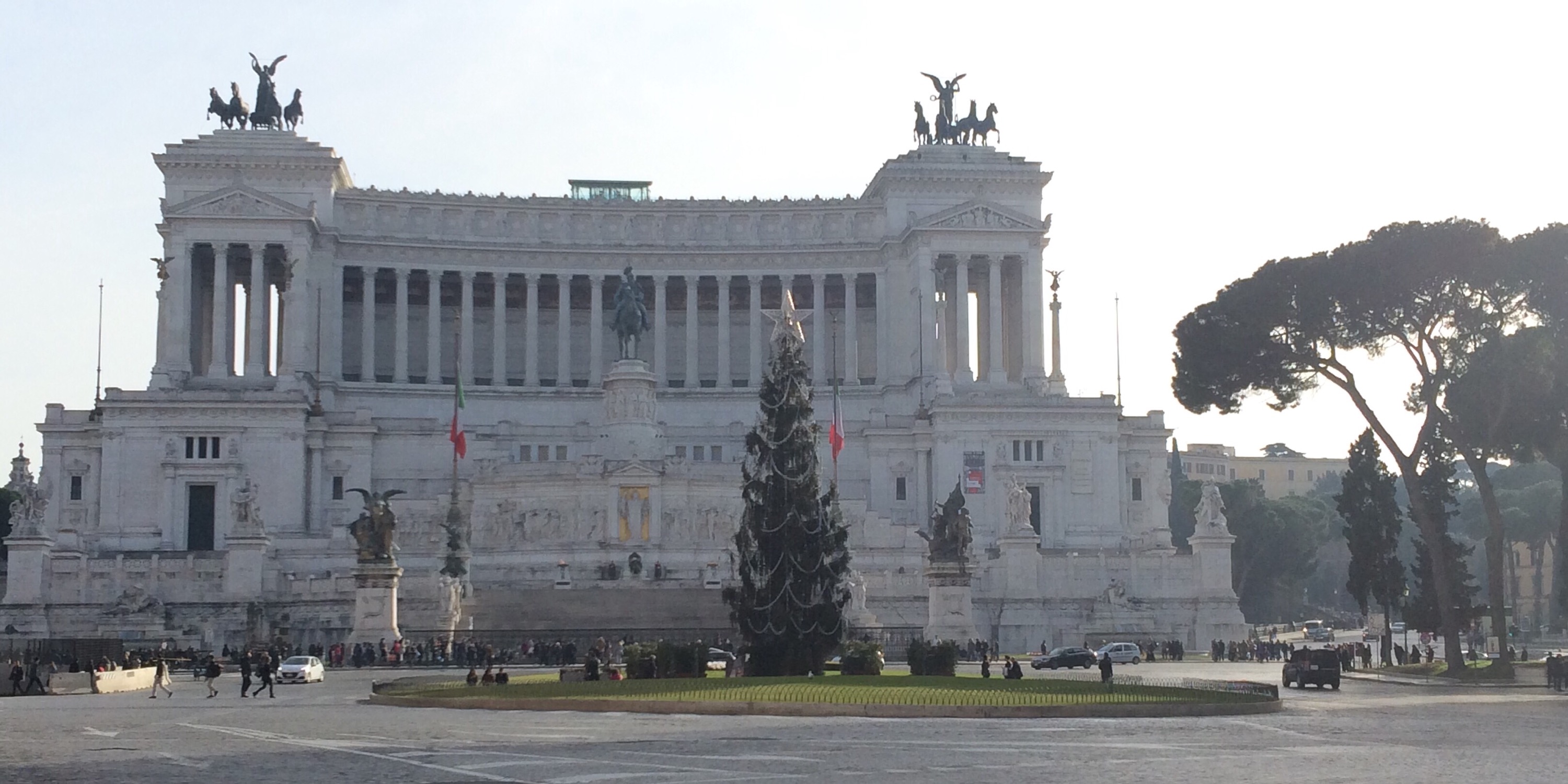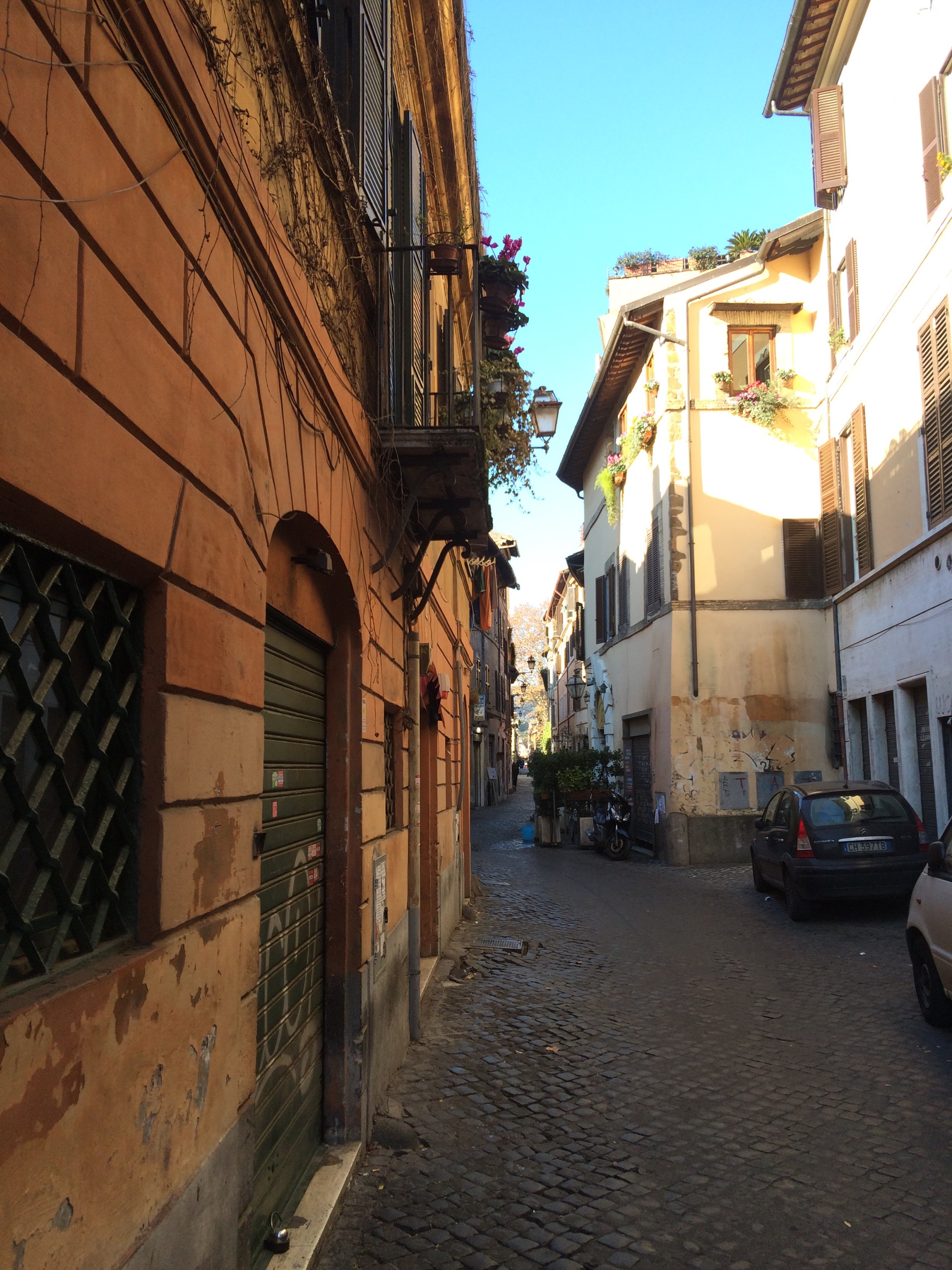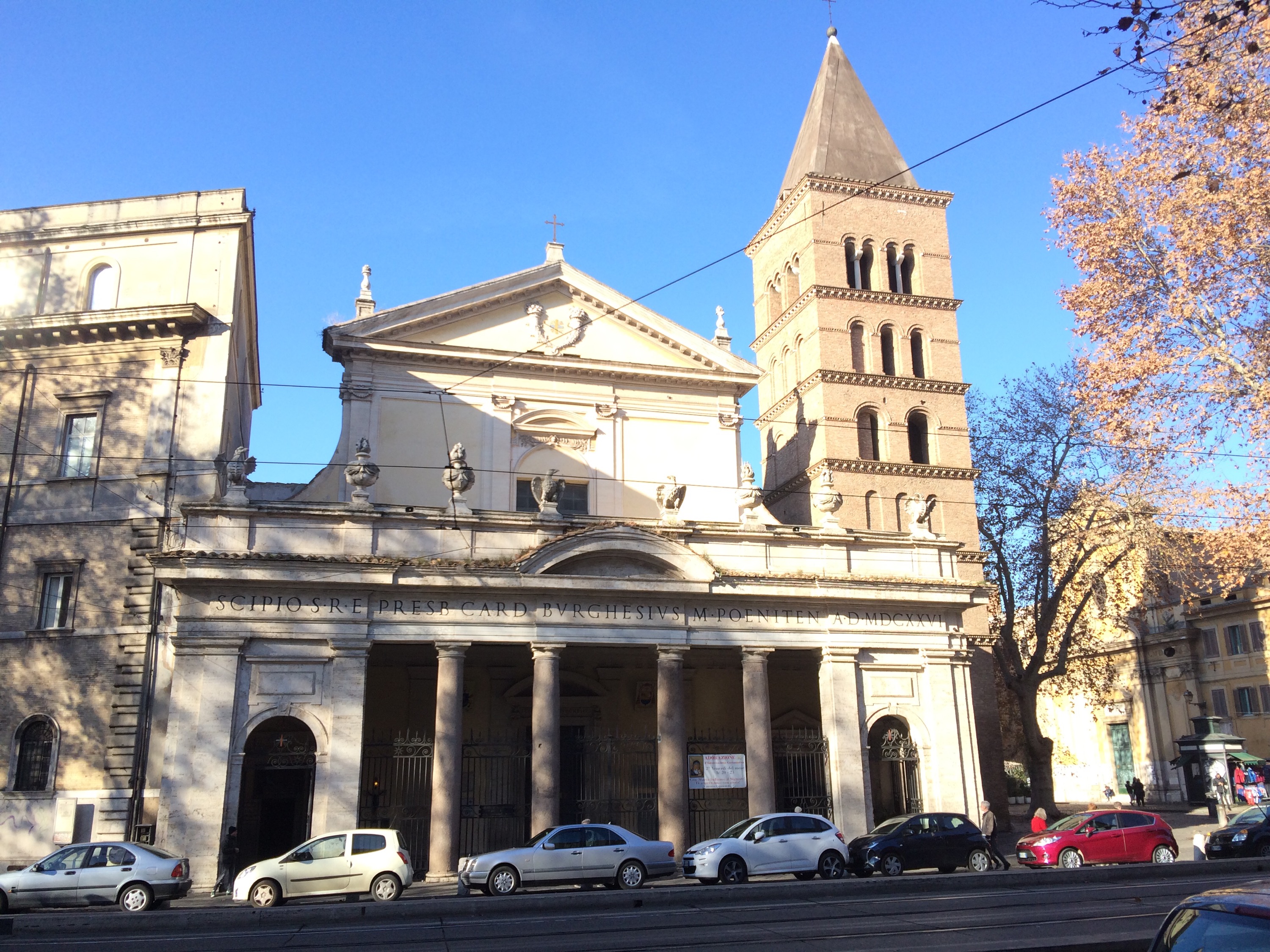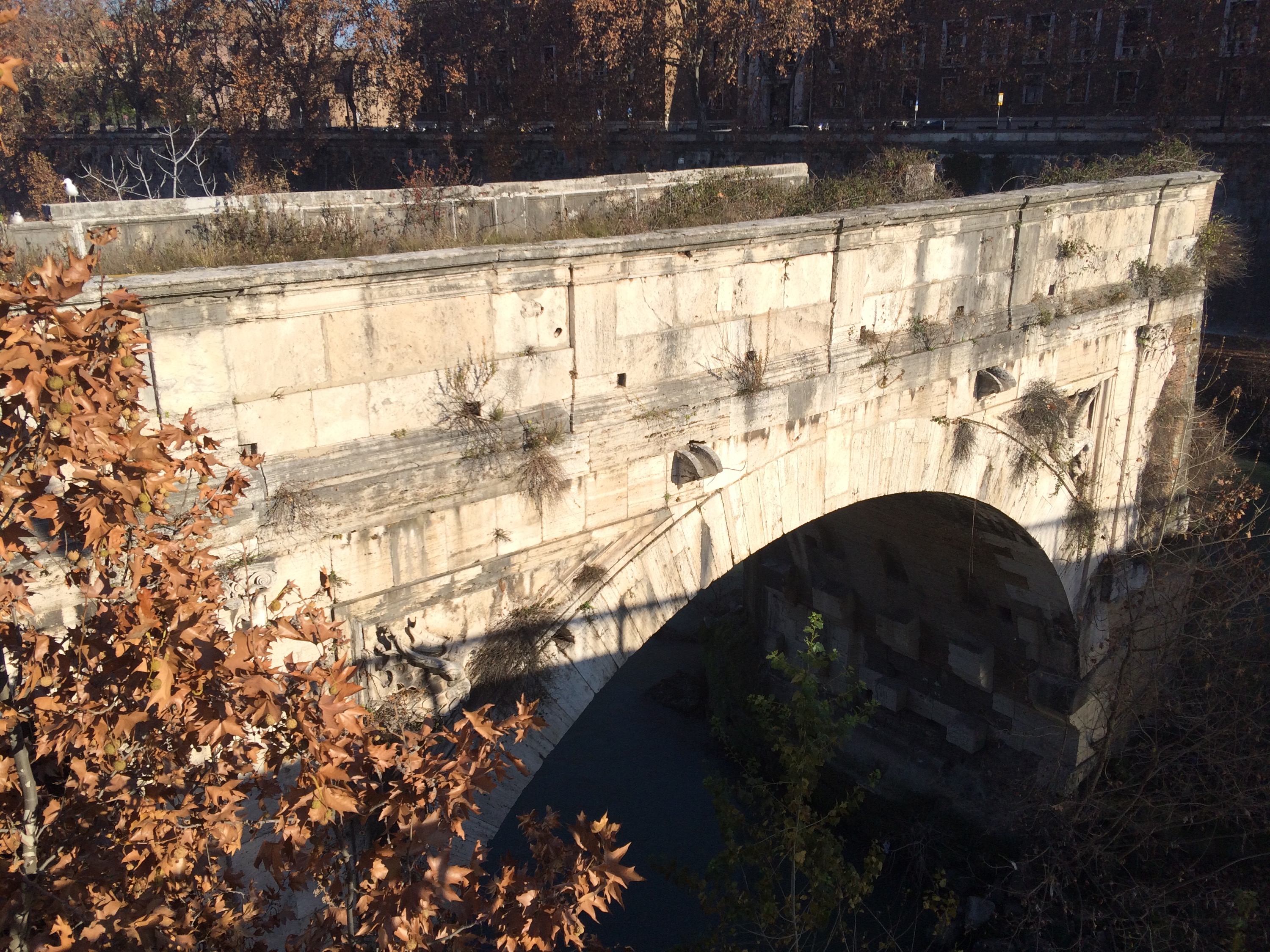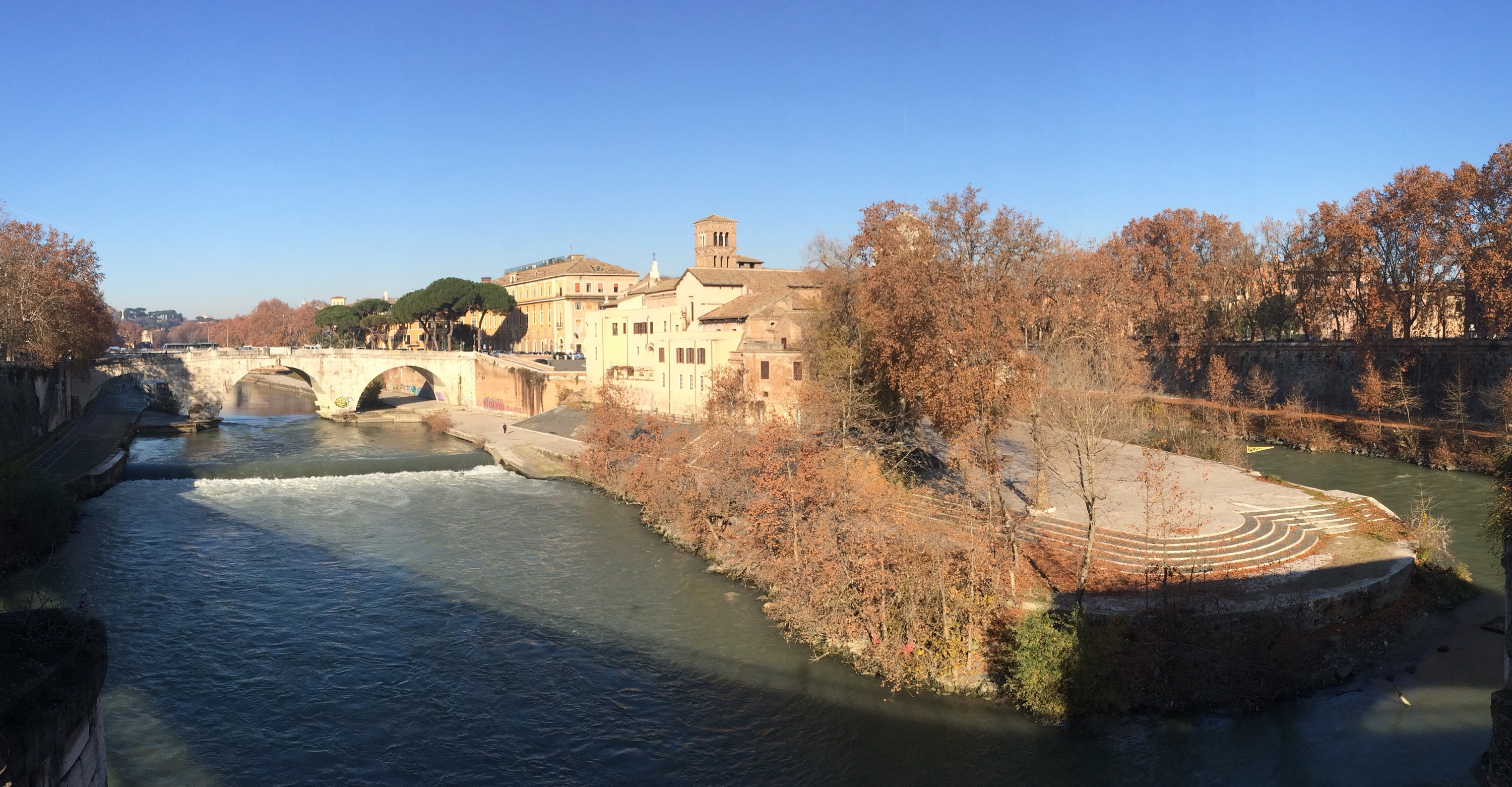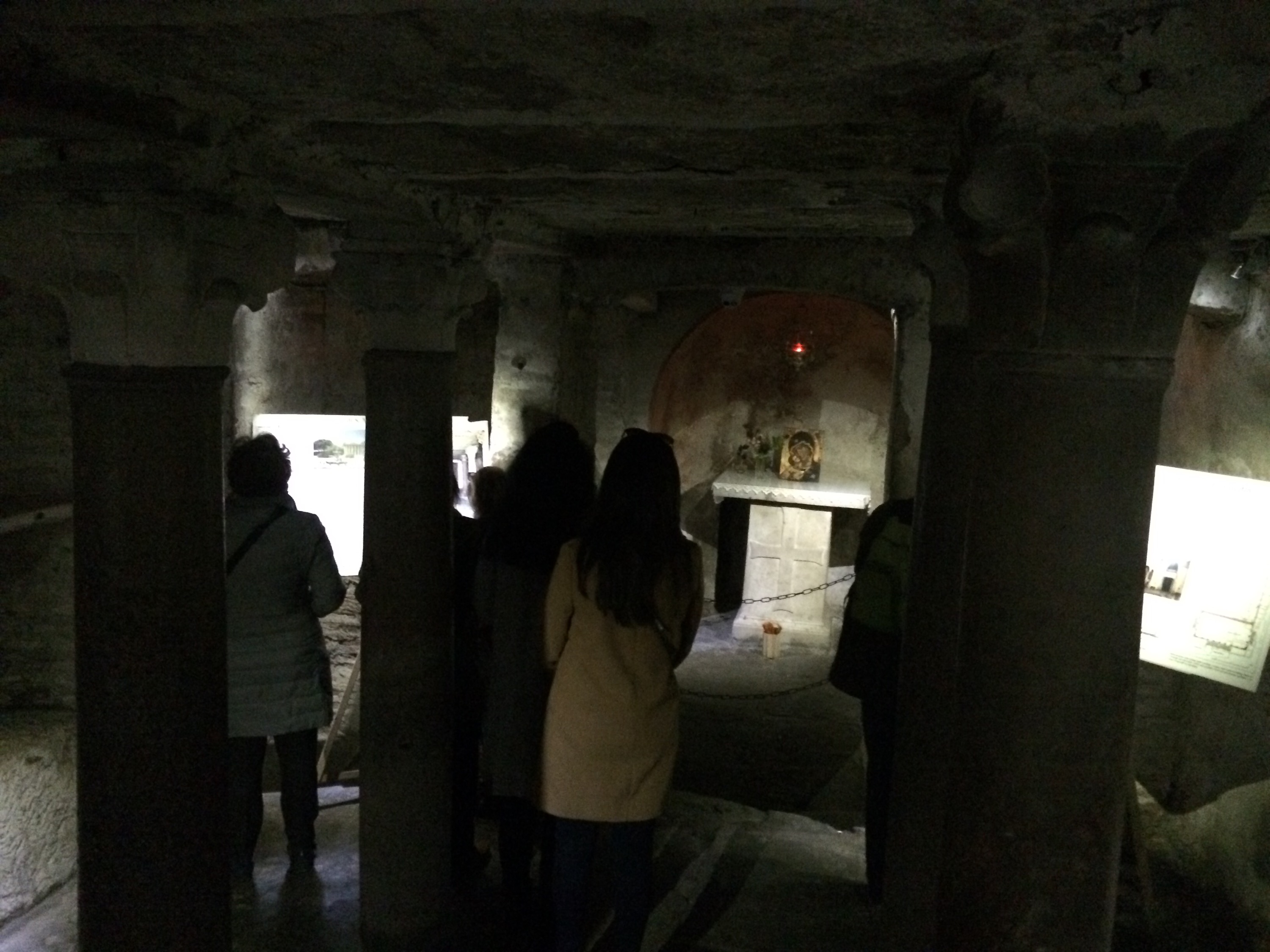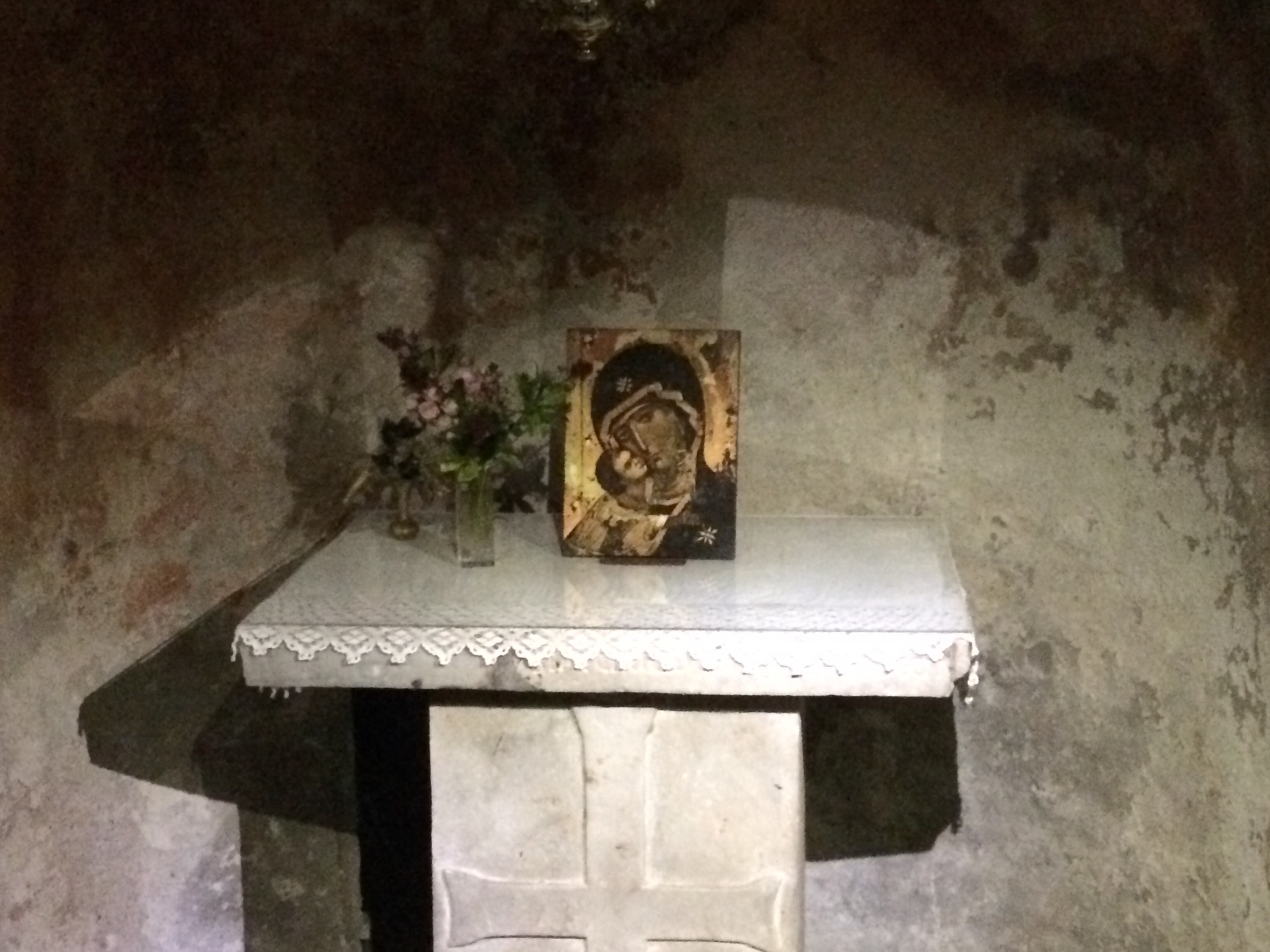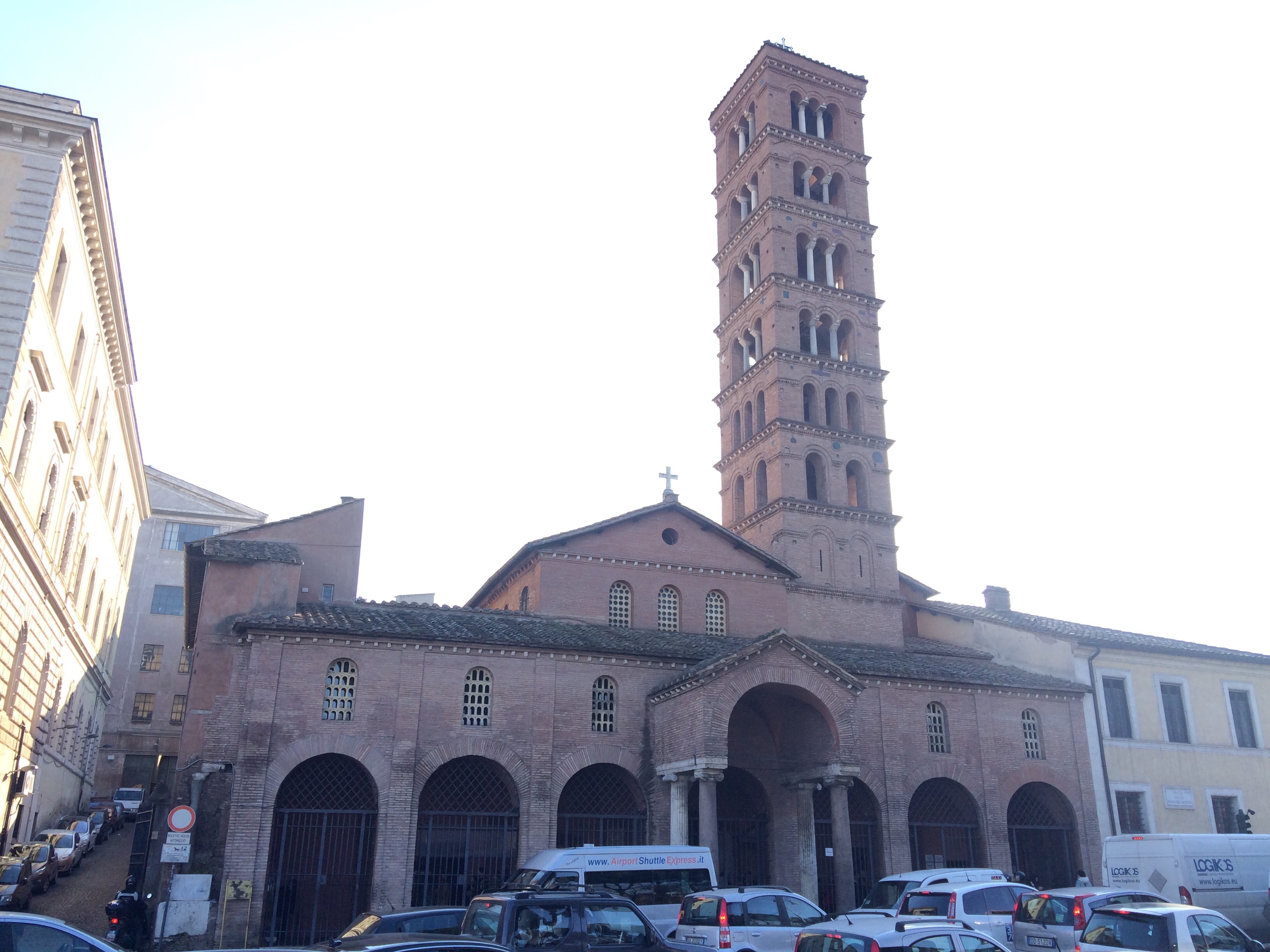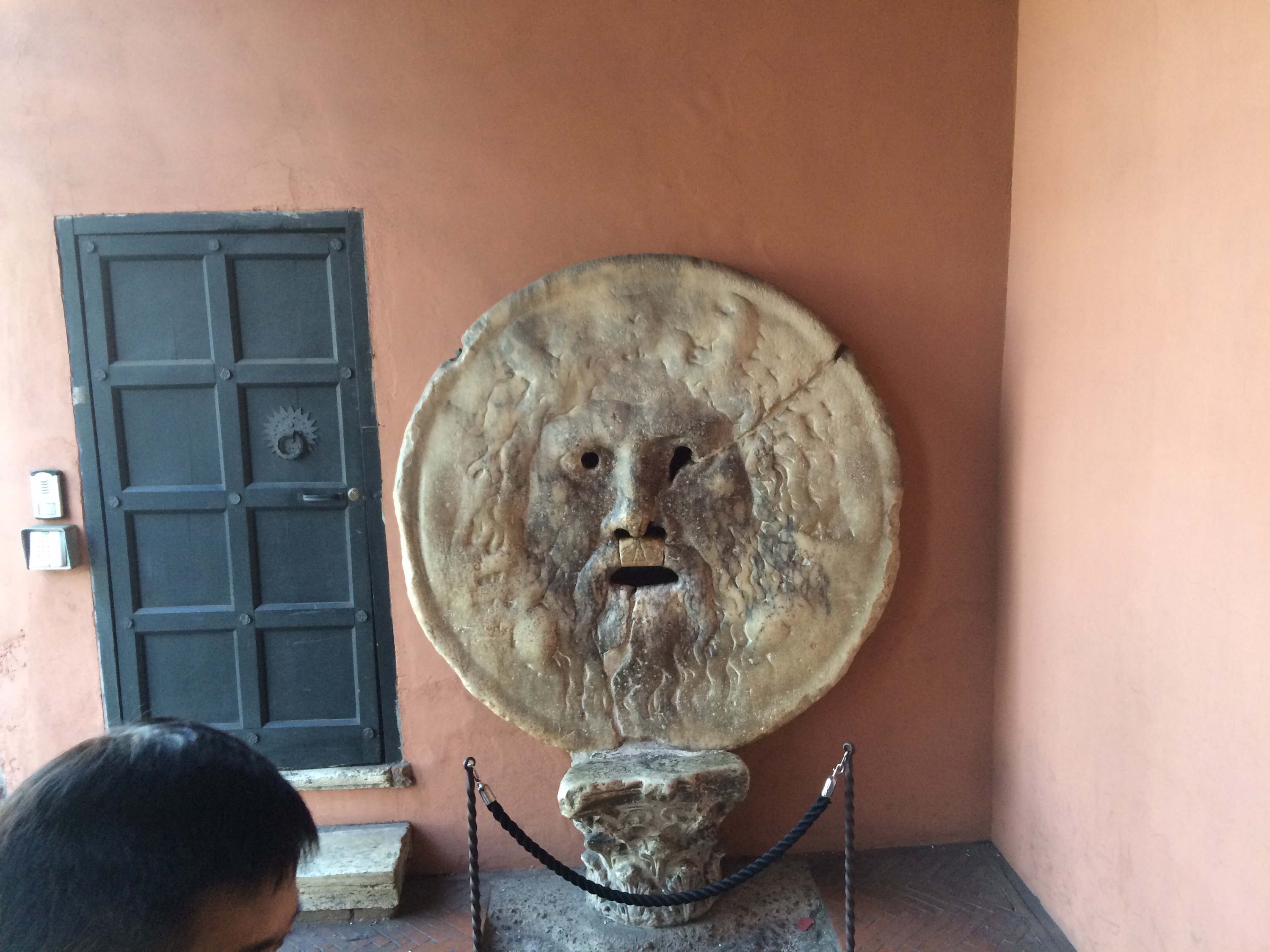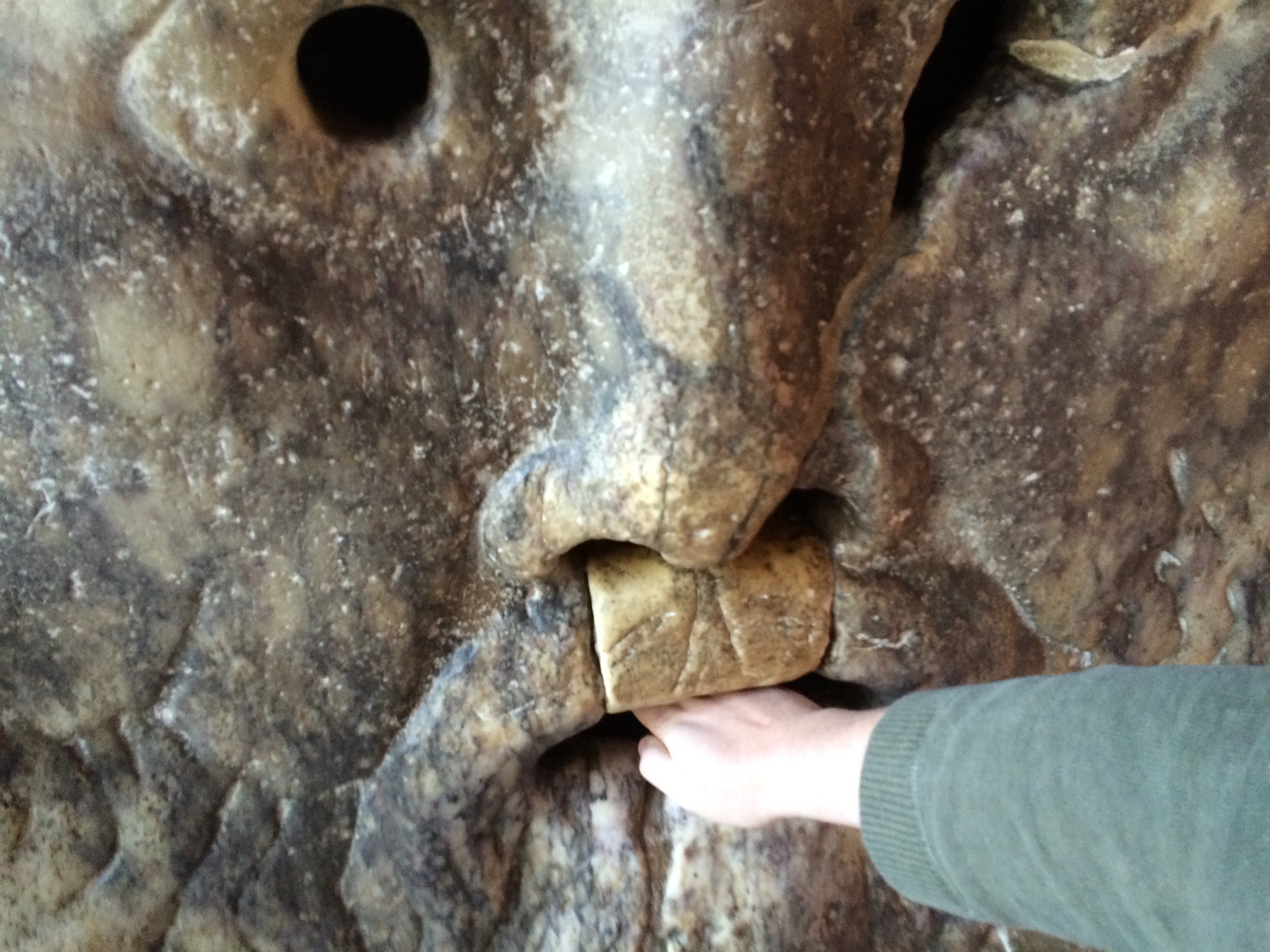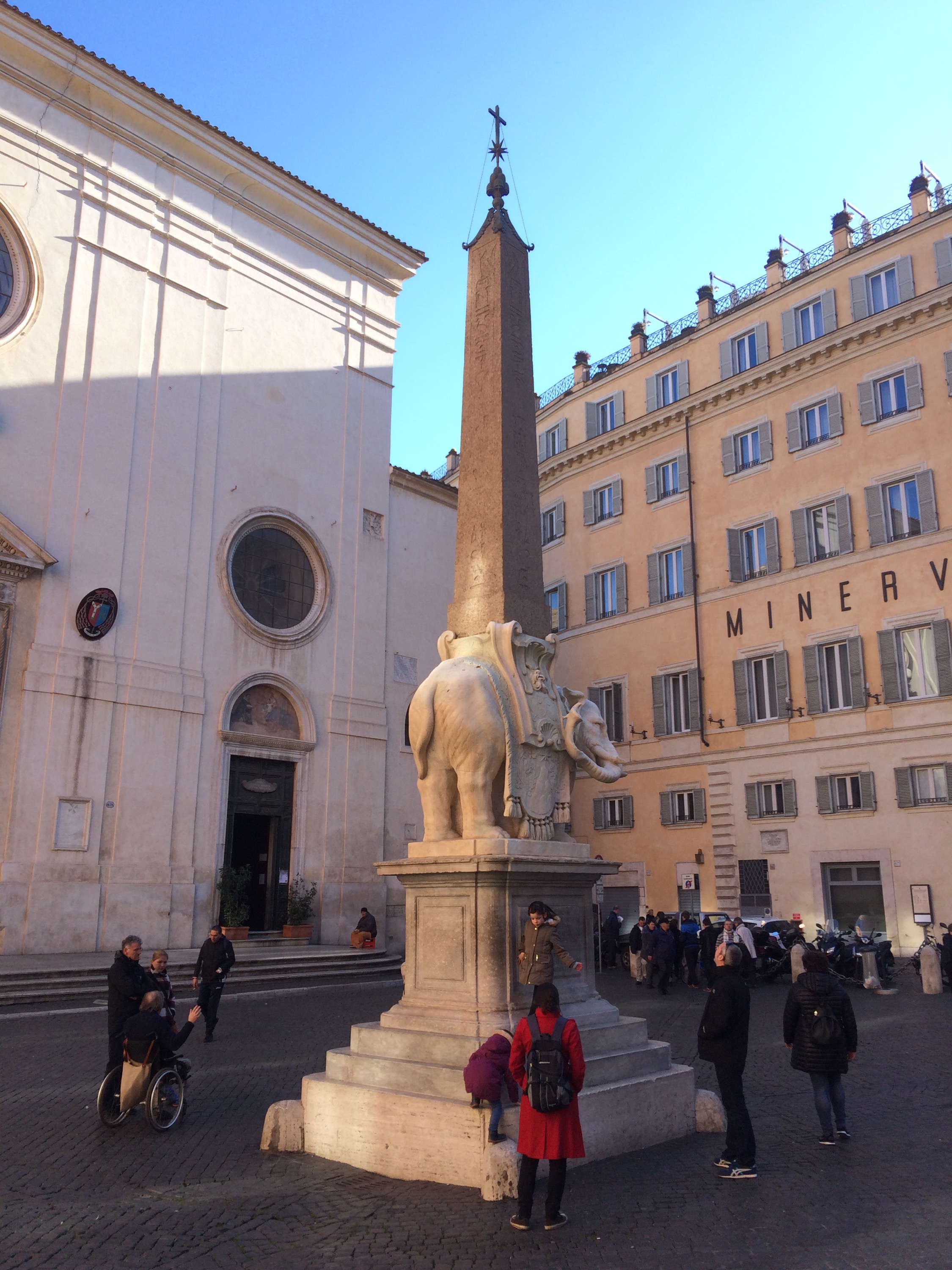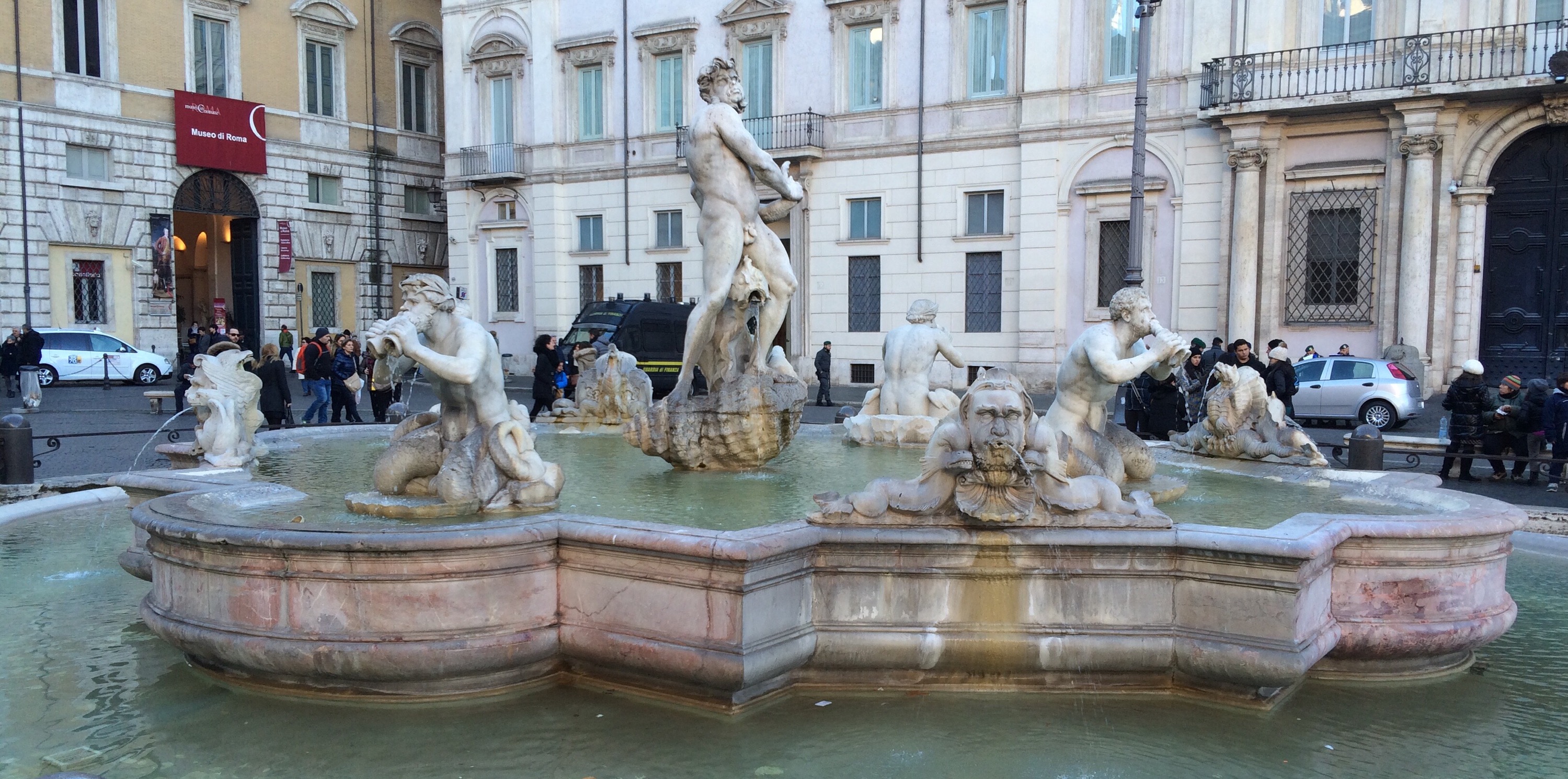 Although the Piazza Navona is dominated by the Fontana dei Quattro Fiumi, at either end are two smaller, less ostentatious fountains: the Fontana del Moro…
Although the Piazza Navona is dominated by the Fontana dei Quattro Fiumi, at either end are two smaller, less ostentatious fountains: the Fontana del Moro…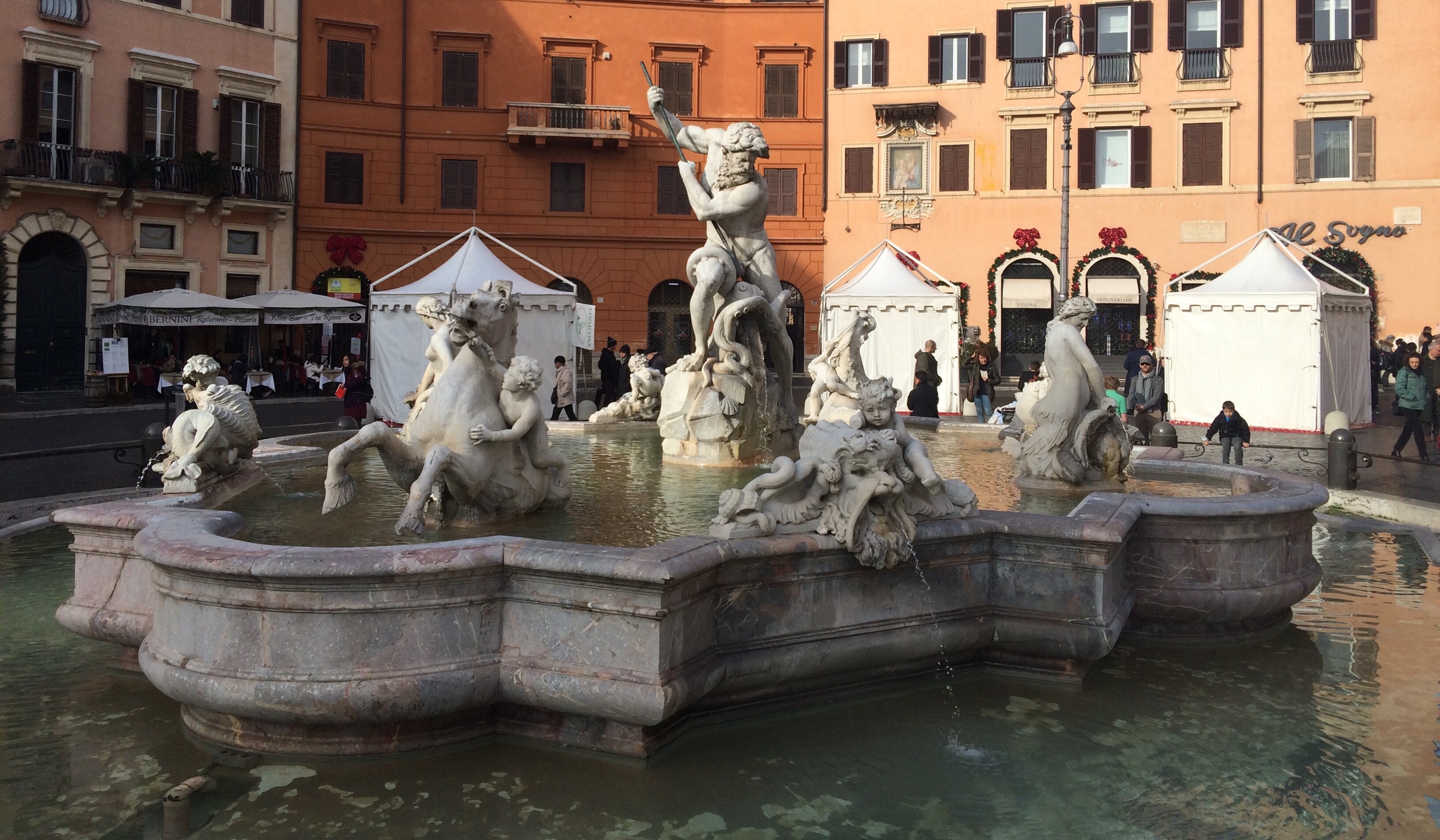 …and the Fontana del Nettuno.
…and the Fontana del Nettuno.
-
Recent Posts
- Weekly Review January 6, 2024
- Woods September 23, 2023
- Melange September 23, 2023
- Brown September 22, 2023
- Infected September 22, 2023
- Doughnuts September 21, 2023
- Mothballed September 21, 2023
- Motownish September 20, 2023
- Far III September 19, 2023
- Far II September 19, 2023
- Far September 19, 2023
- Burbs September 16, 2023
- Celtic September 15, 2023
- Aroma September 15, 2023
- Mace September 15, 2023
- Timeless September 15, 2023
- Humidity September 15, 2023
- Hospitality September 14, 2023
- Road II September 14, 2023
- Galaxy July 23, 2023
- Jab April 11, 2021
- Lockheed April 5, 2021
- Out February 25, 2021
- International February 10, 2021
- Goat February 8, 2021
Tags
Archives
- January 2024 (1)
- September 2023 (18)
- July 2023 (1)
- April 2021 (2)
- February 2021 (3)
- January 2021 (2)
- December 2020 (1)
- November 2020 (1)
- October 2020 (1)
- September 2020 (1)
- July 2020 (3)
- June 2020 (1)
- May 2020 (1)
- April 2020 (1)
- March 2020 (4)
- January 2020 (1)
- December 2019 (1)
- November 2019 (50)
- October 2019 (4)
- September 2019 (1)
- July 2019 (6)
- June 2019 (6)
- May 2019 (4)
- April 2019 (10)
- March 2019 (10)
- February 2019 (11)
- January 2019 (17)
- December 2018 (5)
- November 2018 (89)
- October 2018 (18)
- September 2018 (28)
- August 2018 (6)
- July 2018 (3)
- June 2018 (2)
- May 2018 (9)
- April 2018 (38)
- March 2018 (96)
- February 2018 (4)
- January 2018 (11)
- December 2017 (5)
- November 2017 (7)
- October 2017 (23)
- September 2017 (15)
- August 2017 (7)
- July 2017 (3)
- June 2017 (8)
- May 2017 (1)
- April 2017 (6)
- March 2017 (10)
- February 2017 (75)
- January 2017 (64)
- December 2016 (80)
- November 2016 (45)
- October 2016 (46)
- September 2016 (12)
- August 2016 (32)
- July 2016 (35)
- June 2016 (13)
- May 2016 (18)
- April 2016 (5)
- March 2016 (8)
- February 2016 (9)
- January 2016 (16)
- December 2015 (20)
- November 2015 (21)
- October 2015 (35)
- September 2015 (12)
- August 2015 (9)
- July 2015 (24)
- June 2015 (11)
- May 2015 (39)
- April 2015 (14)
- March 2015 (14)
- February 2015 (29)
- January 2015 (31)
- December 2014 (27)



